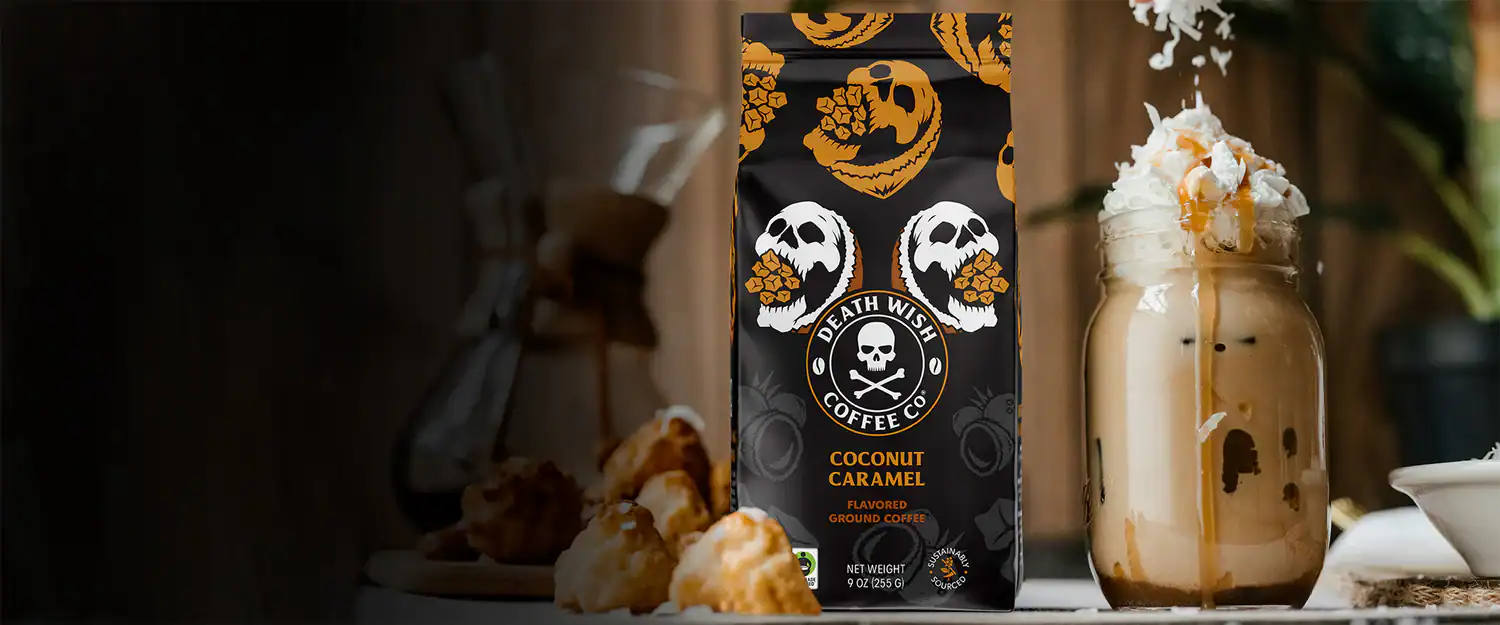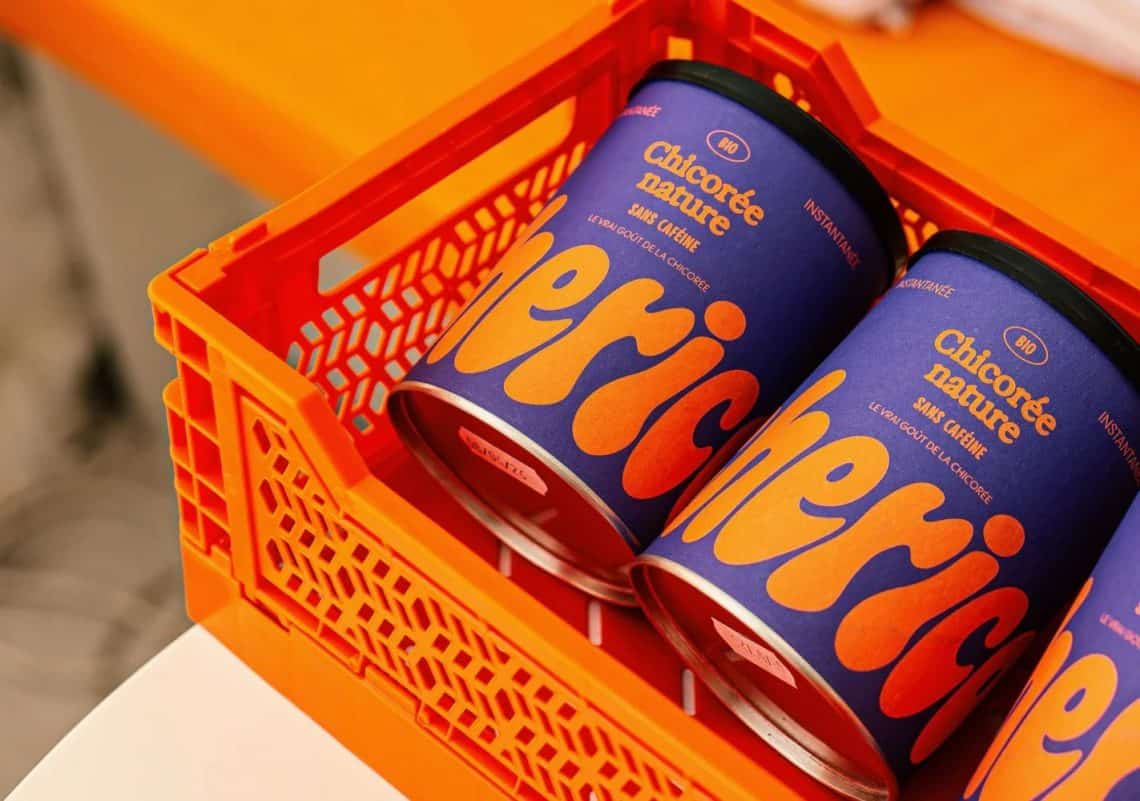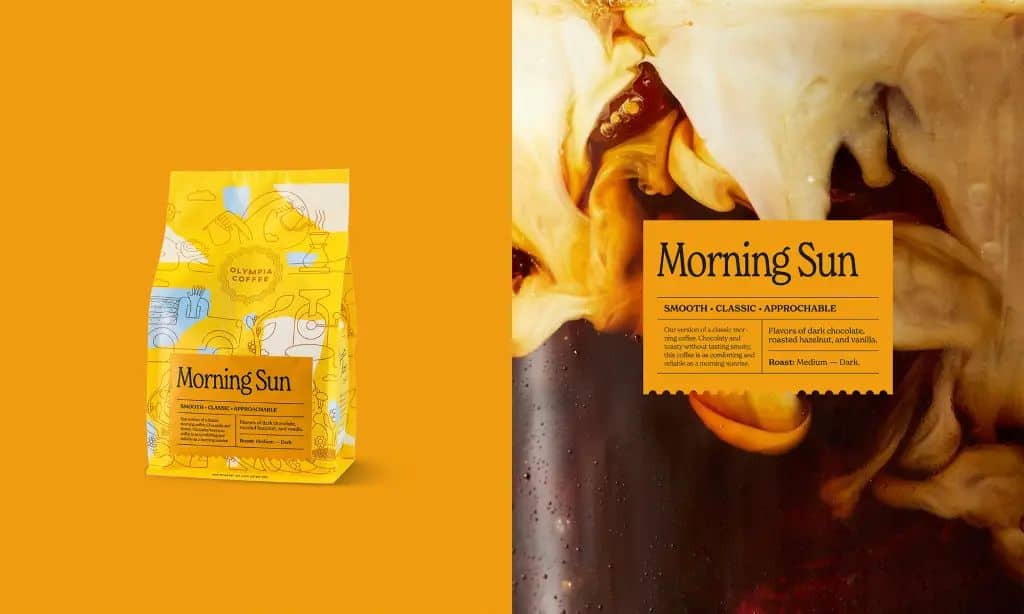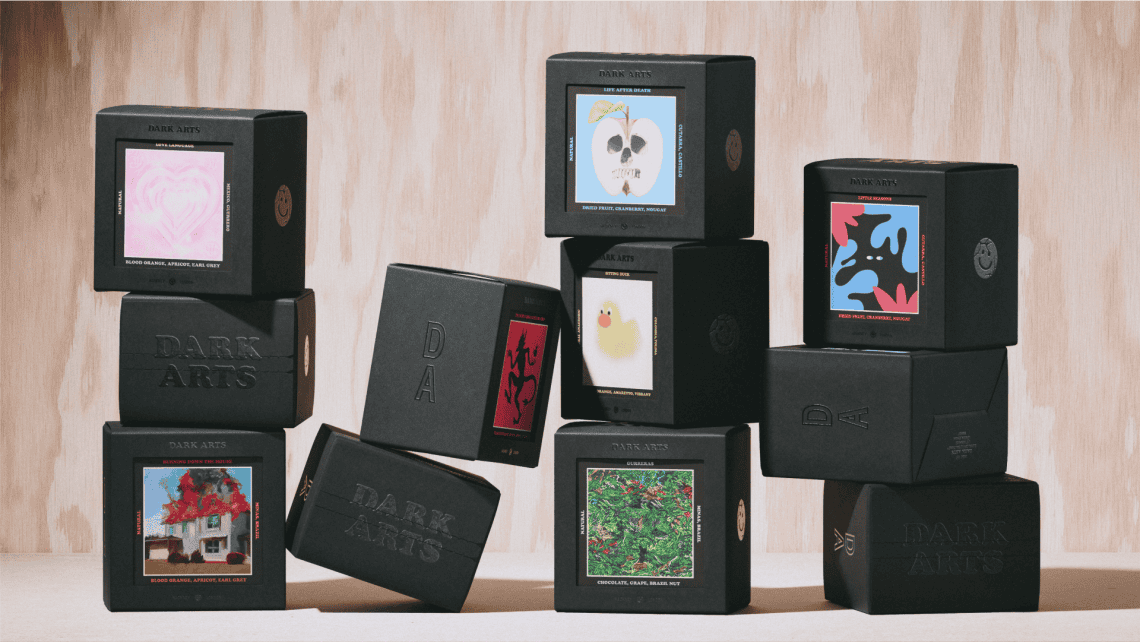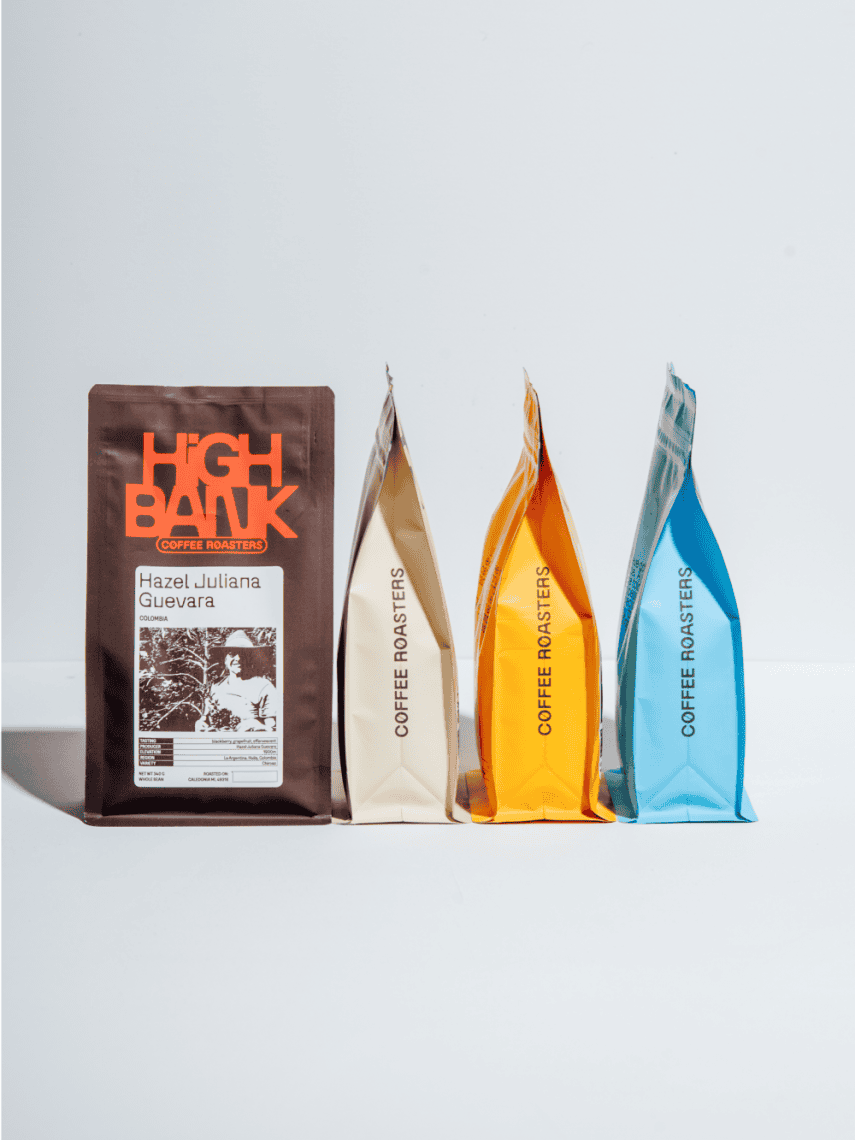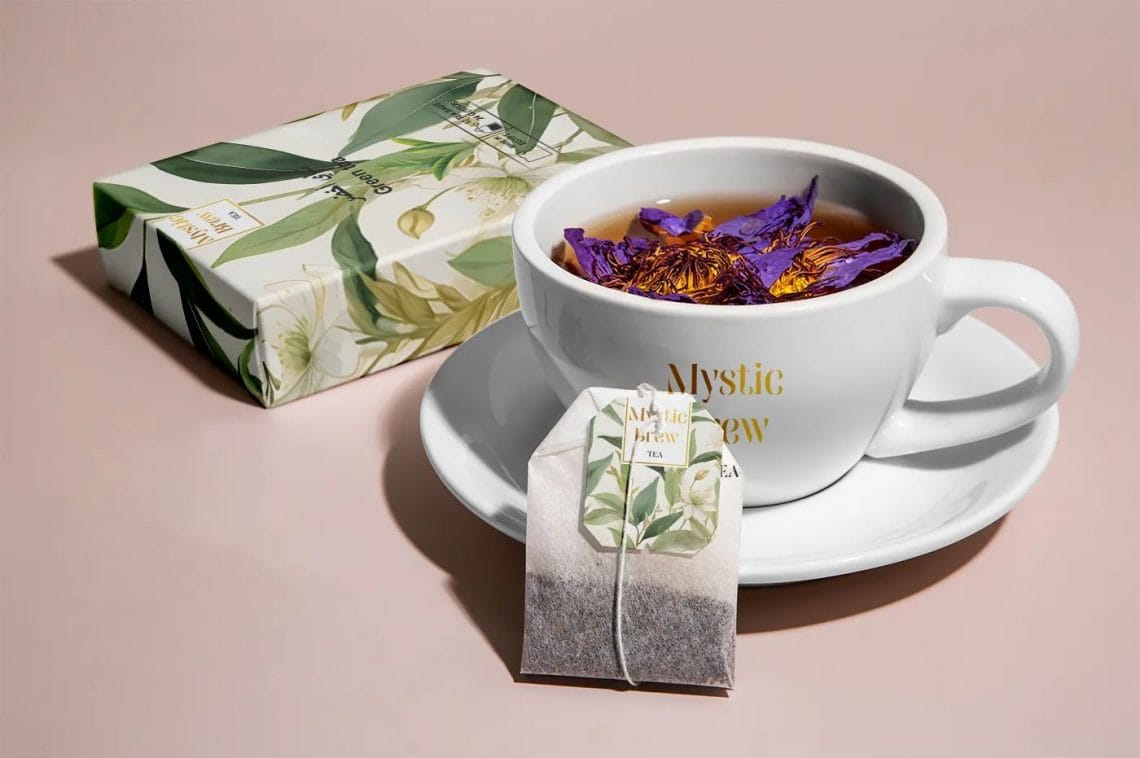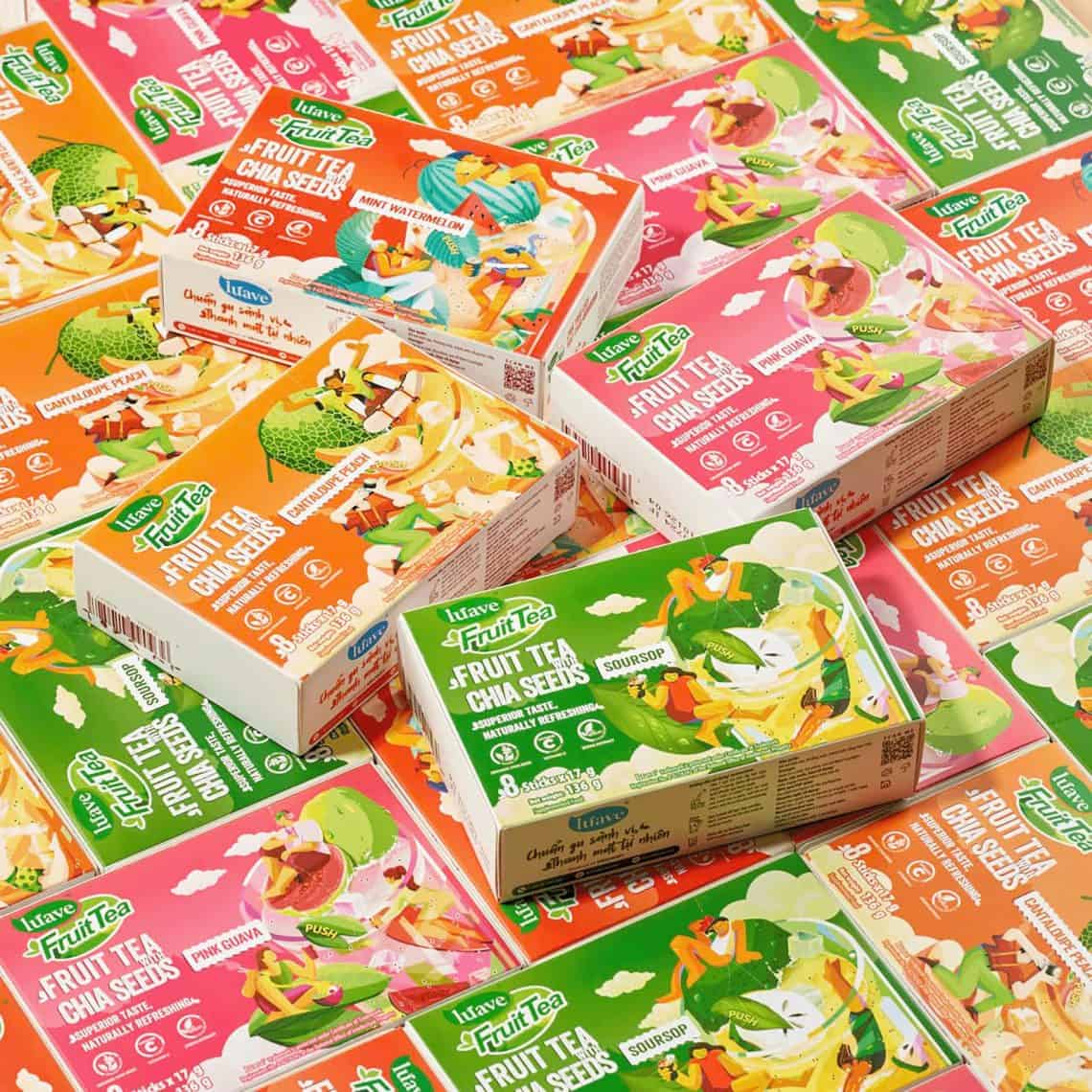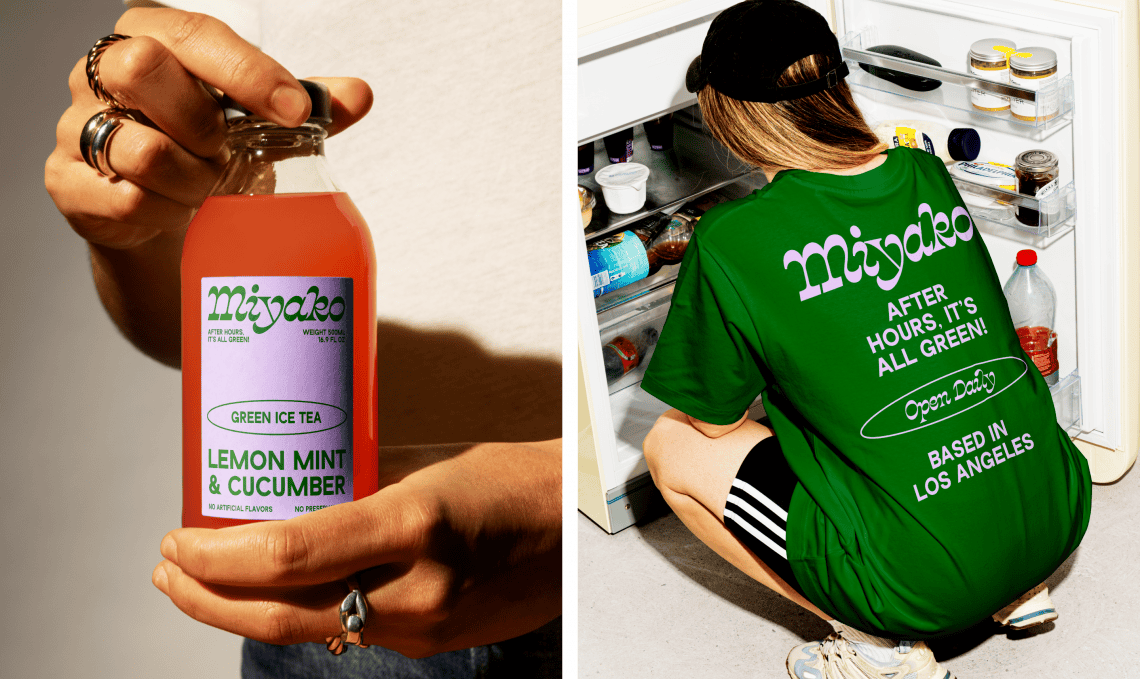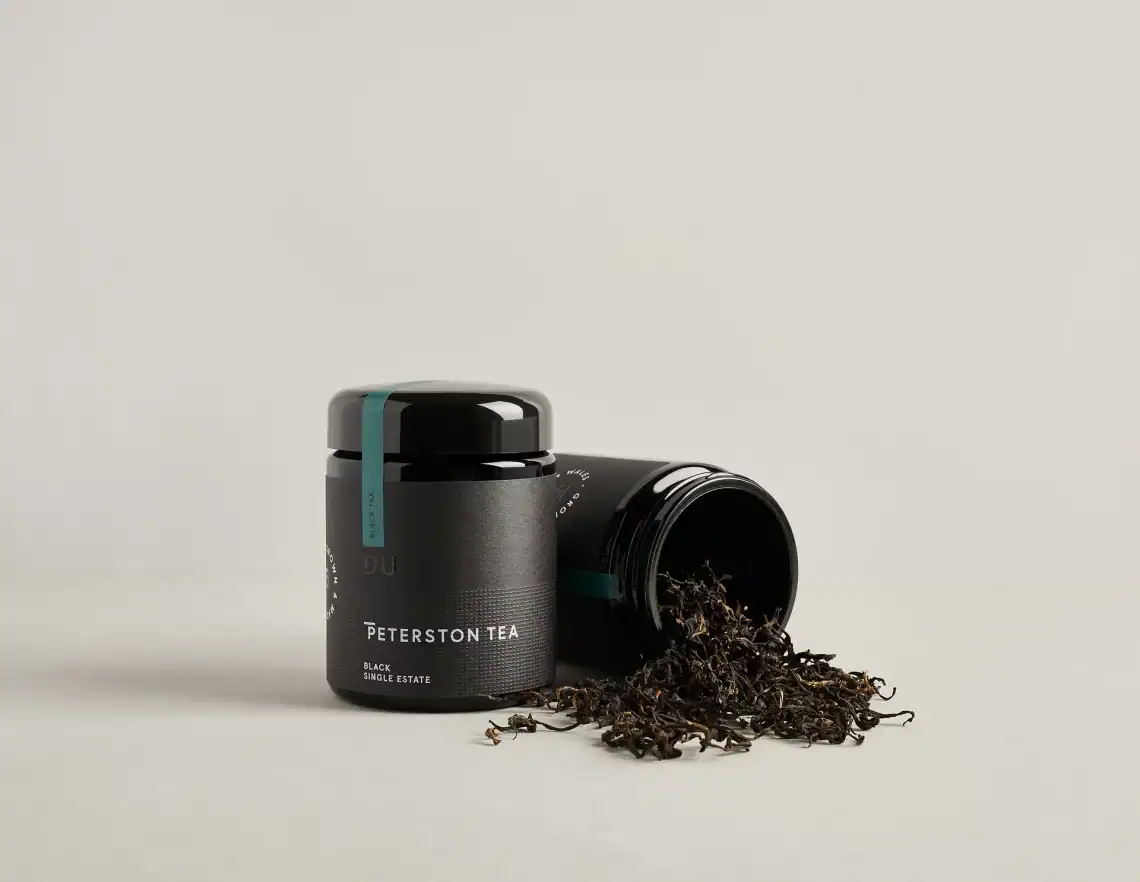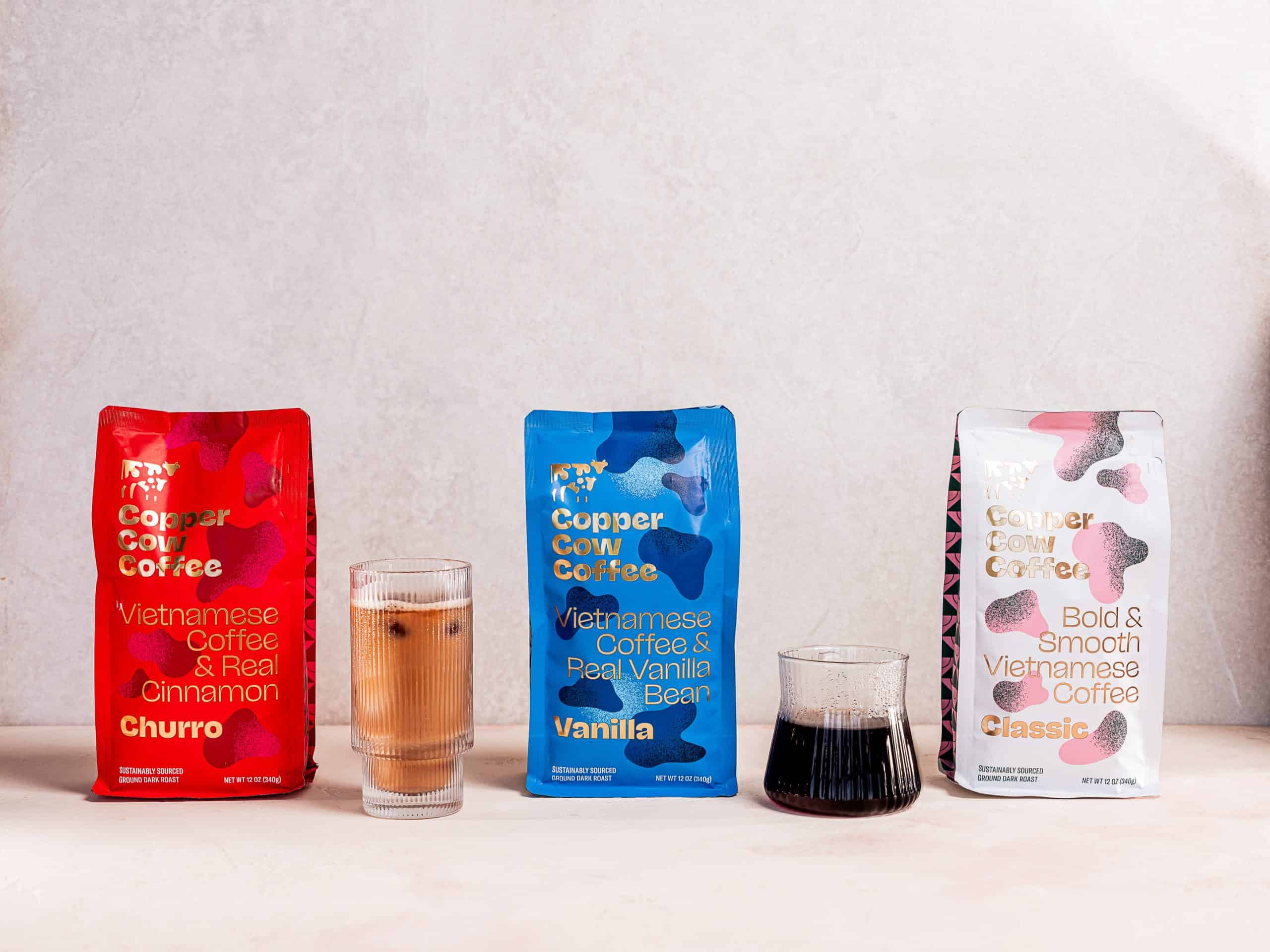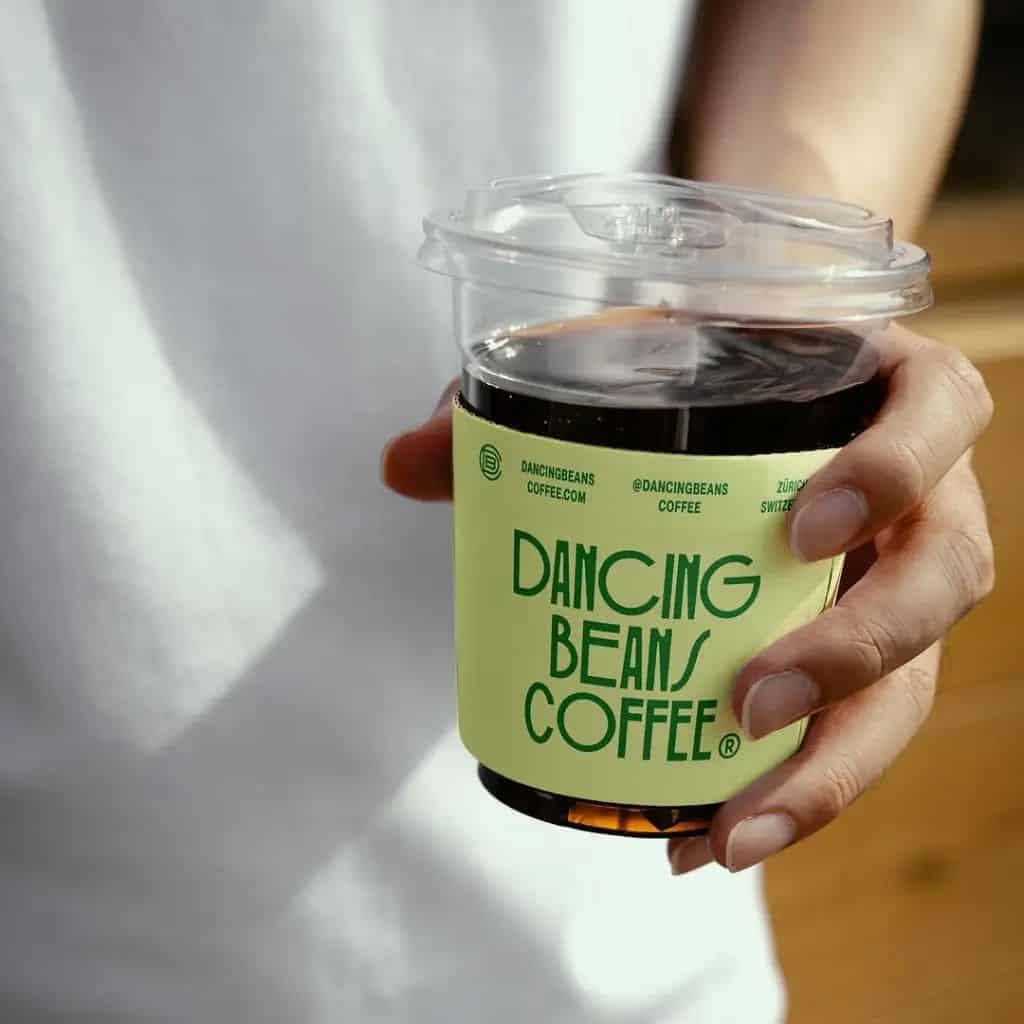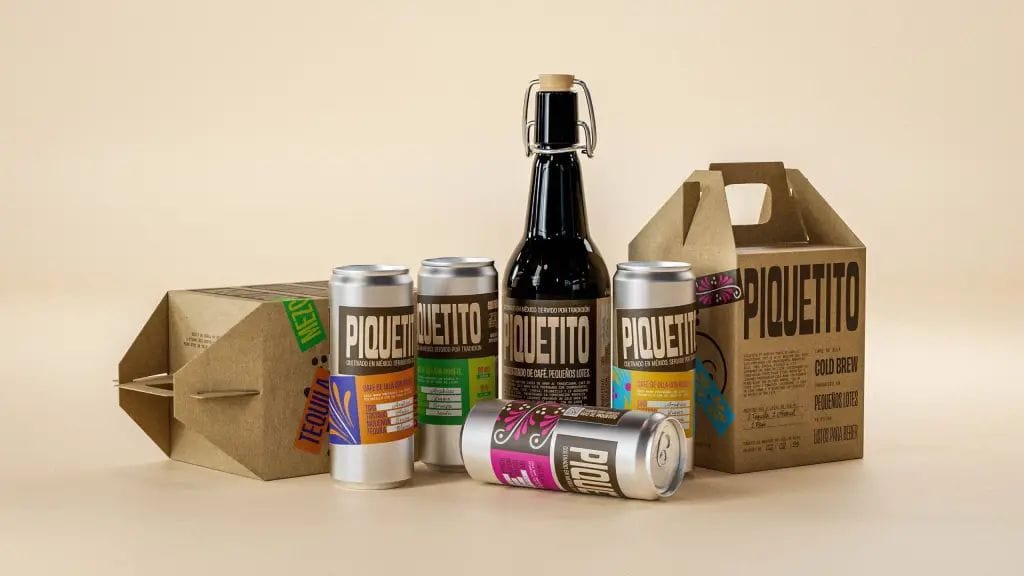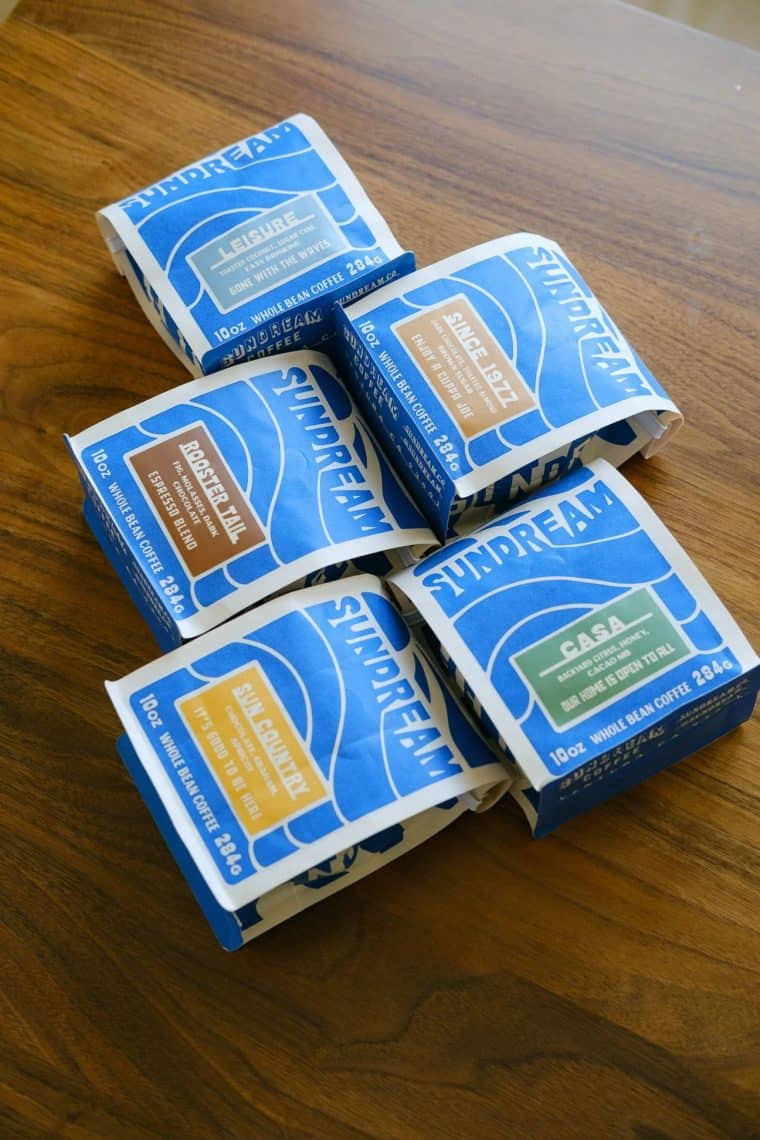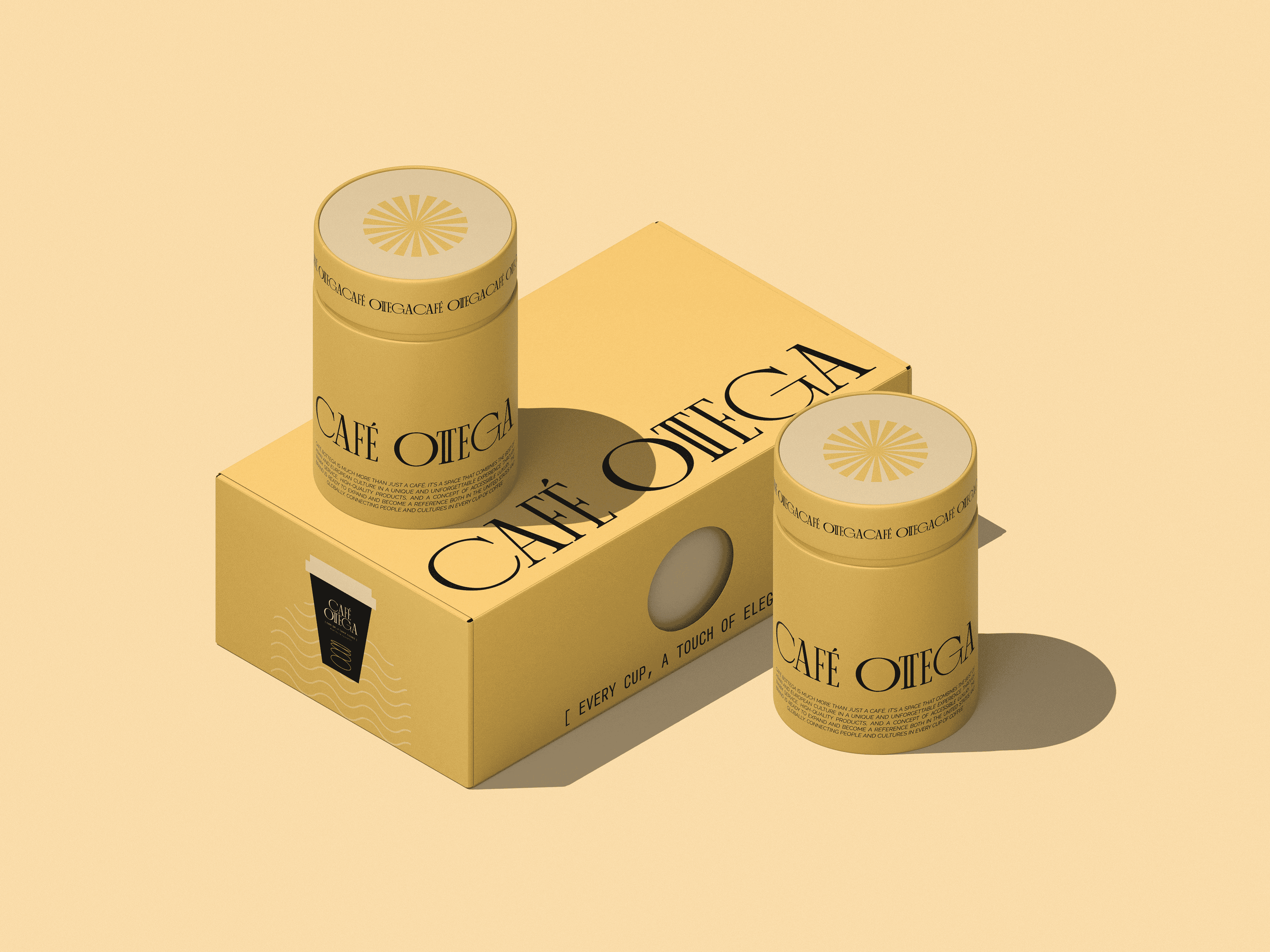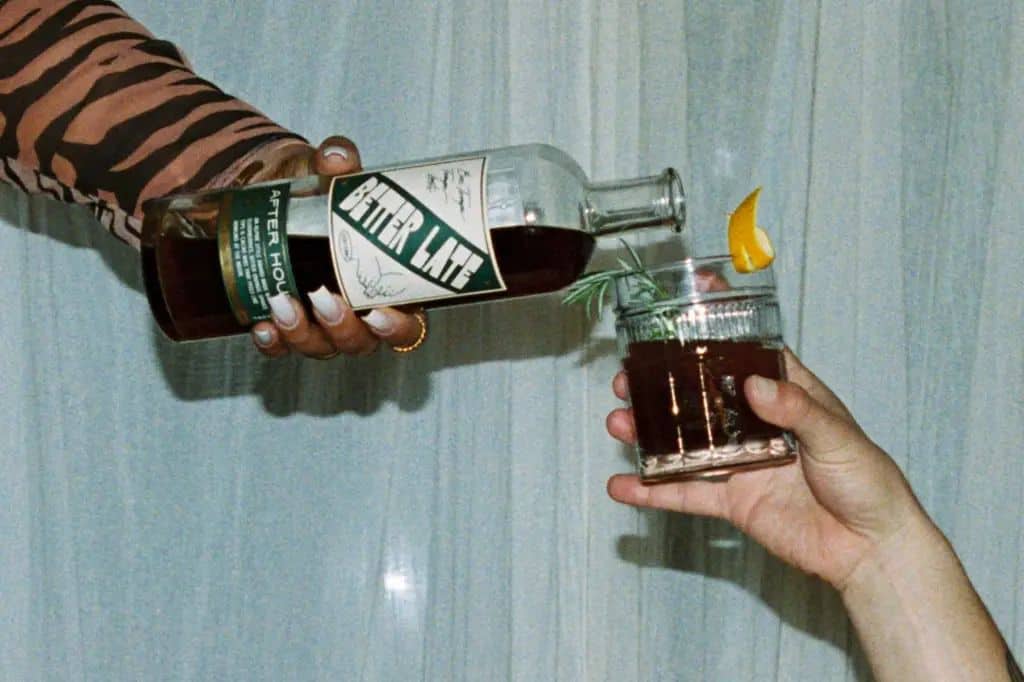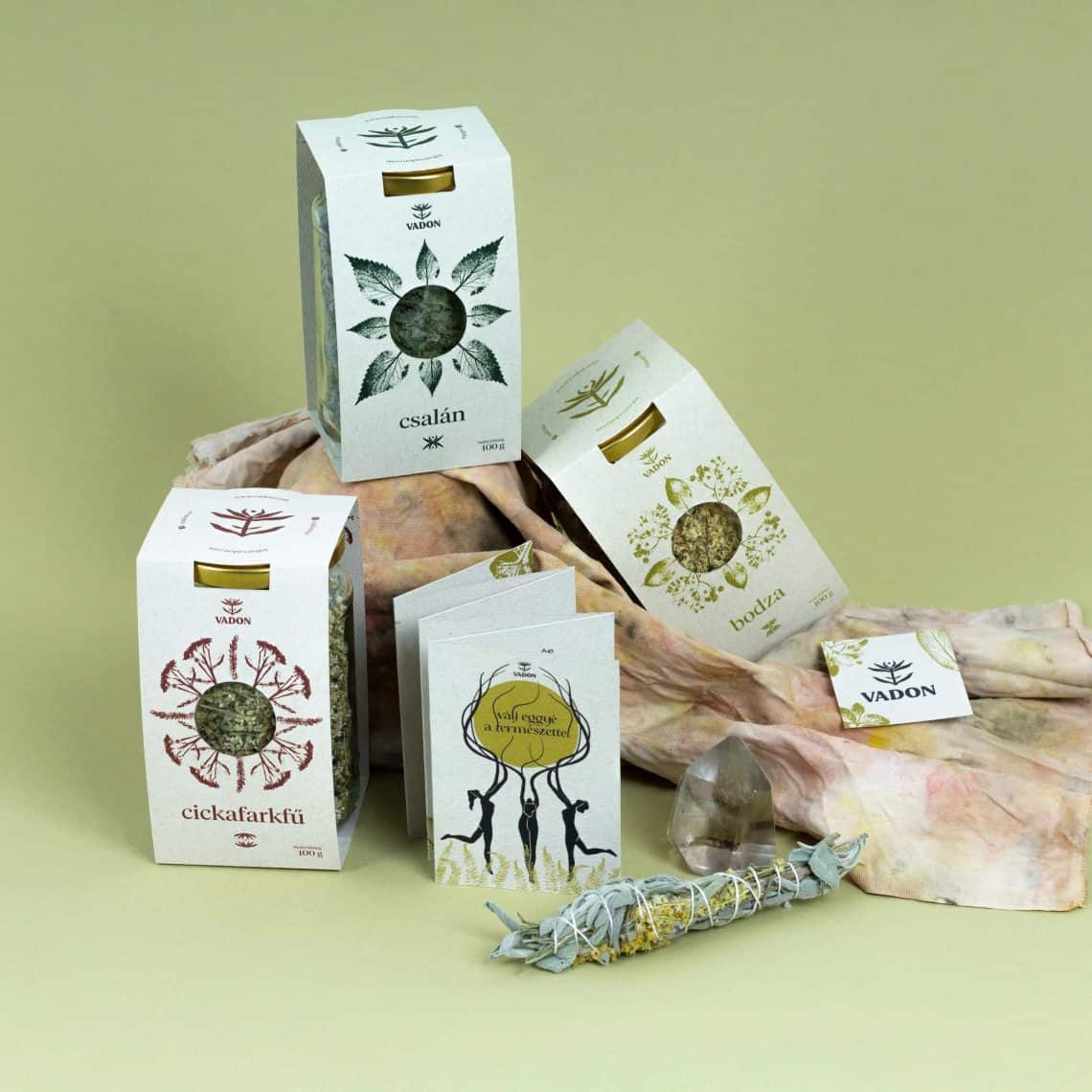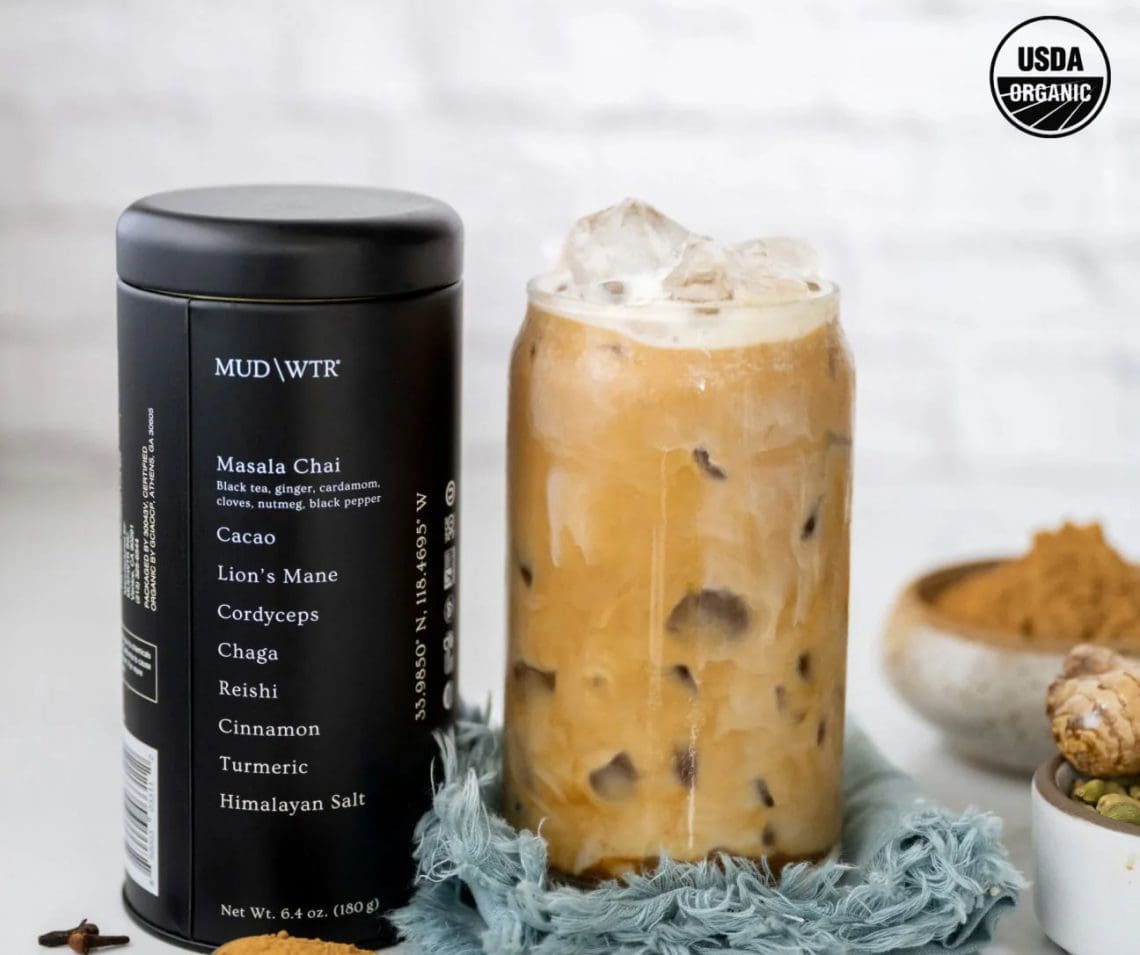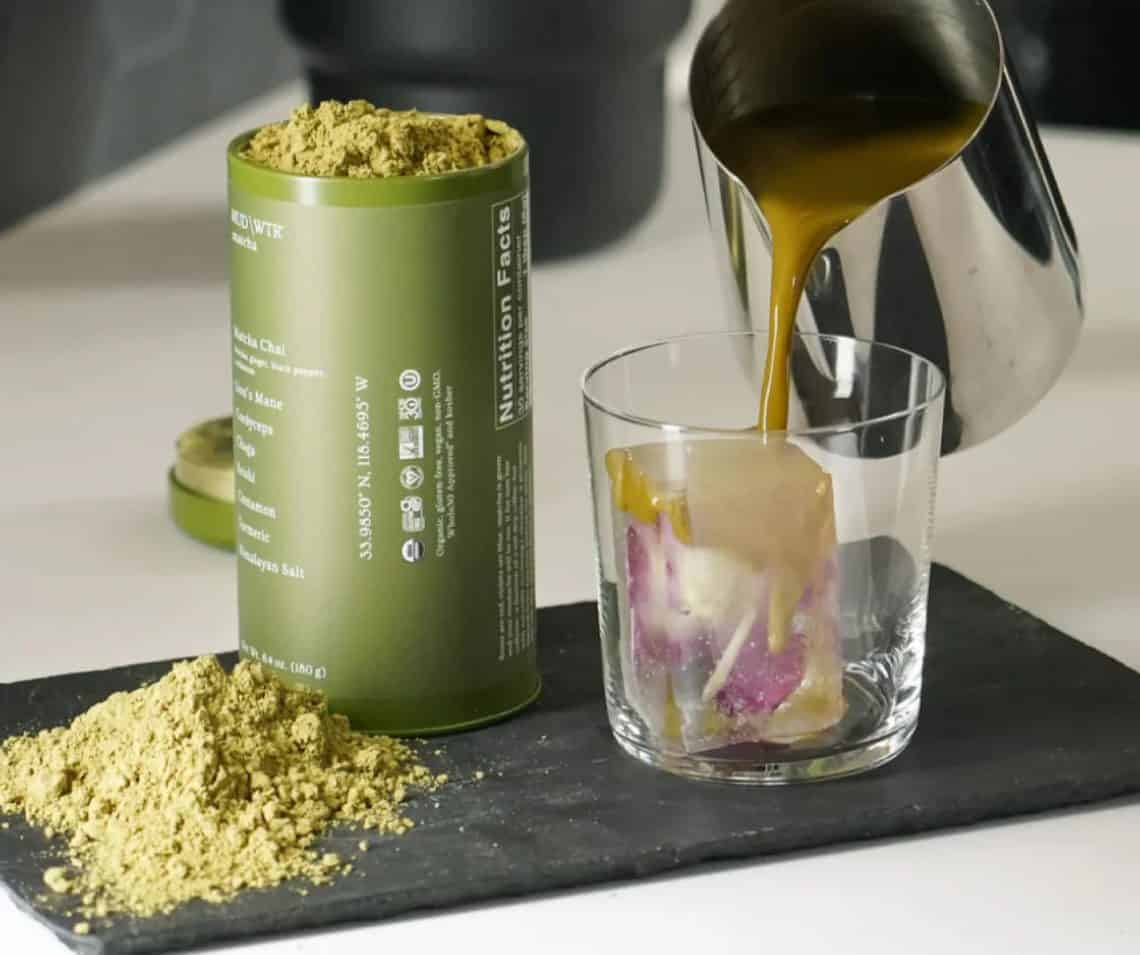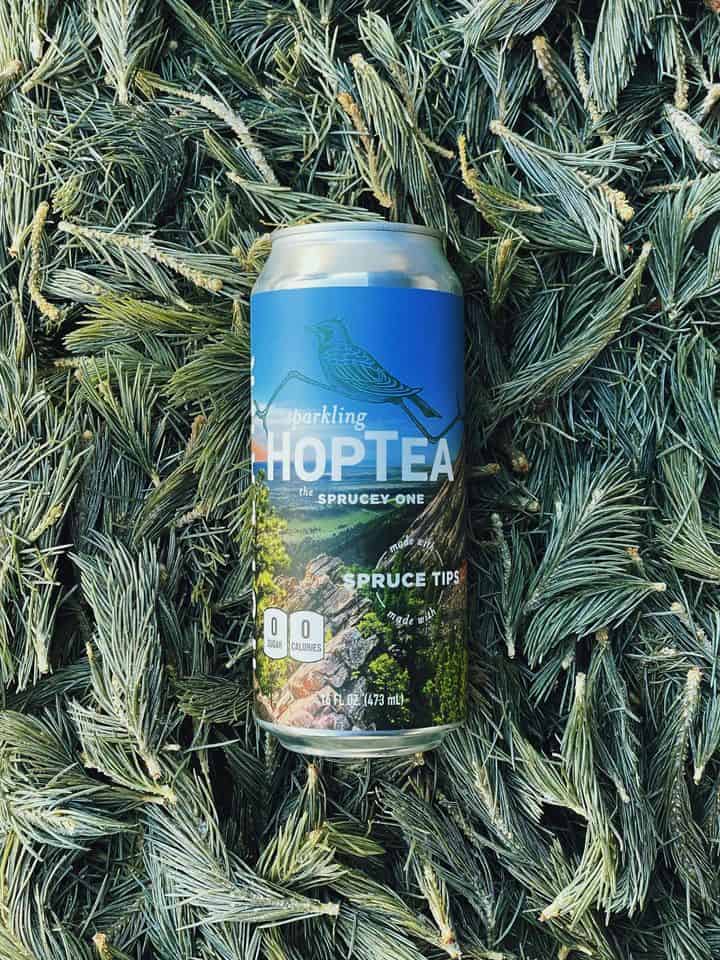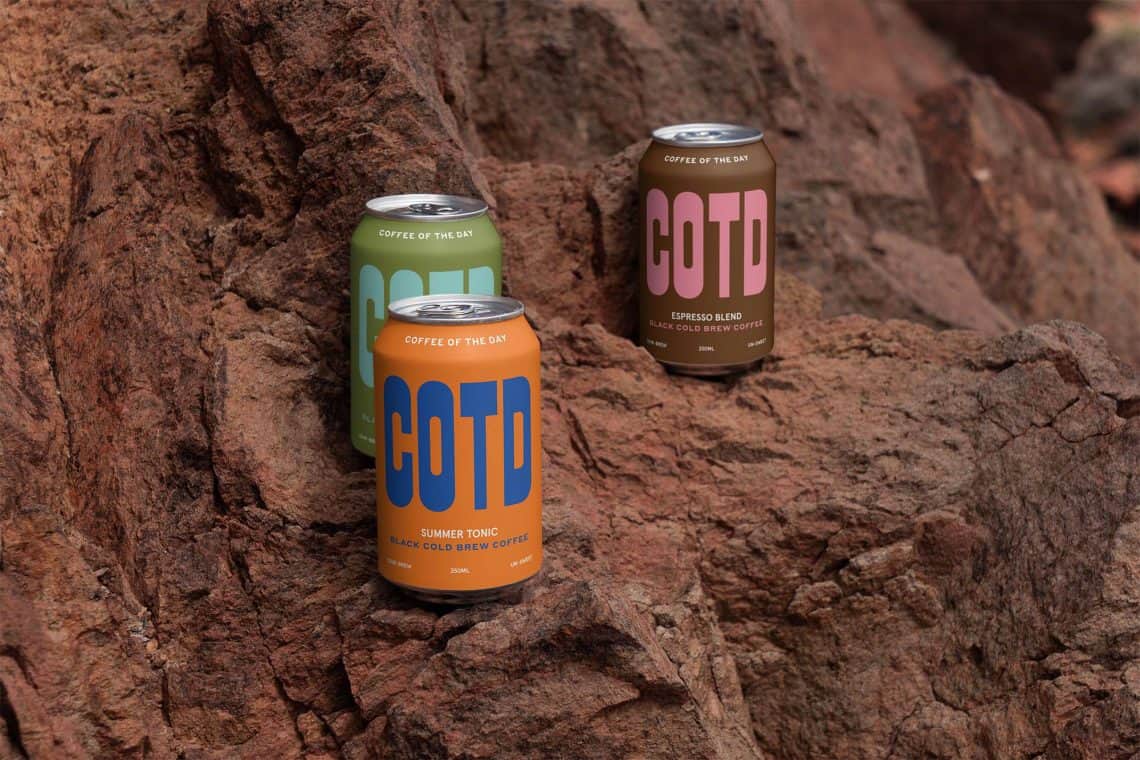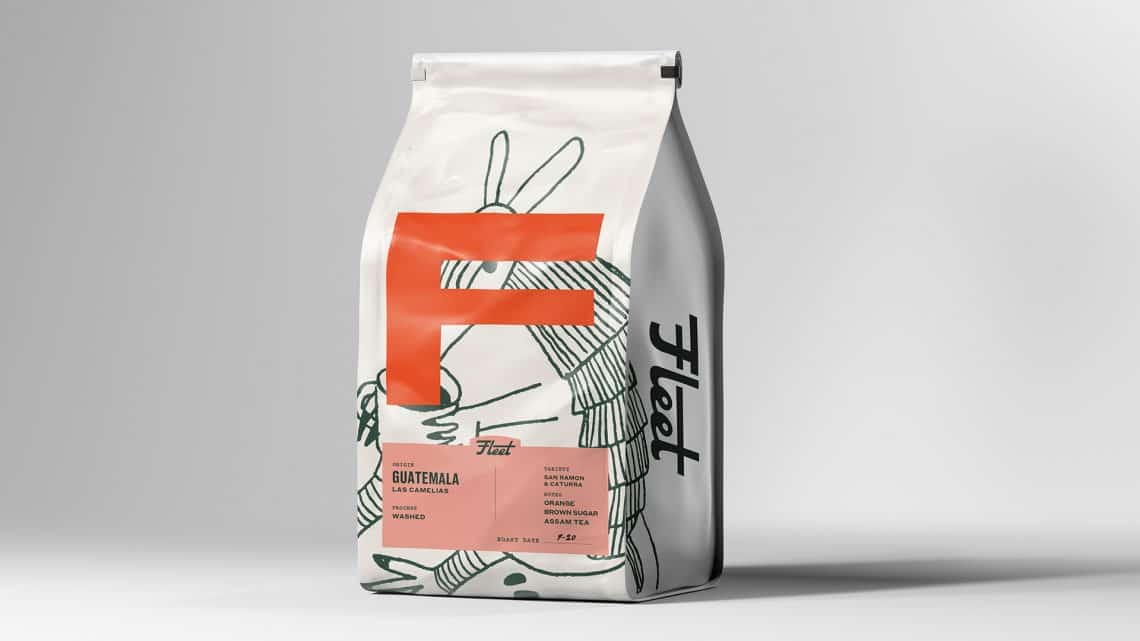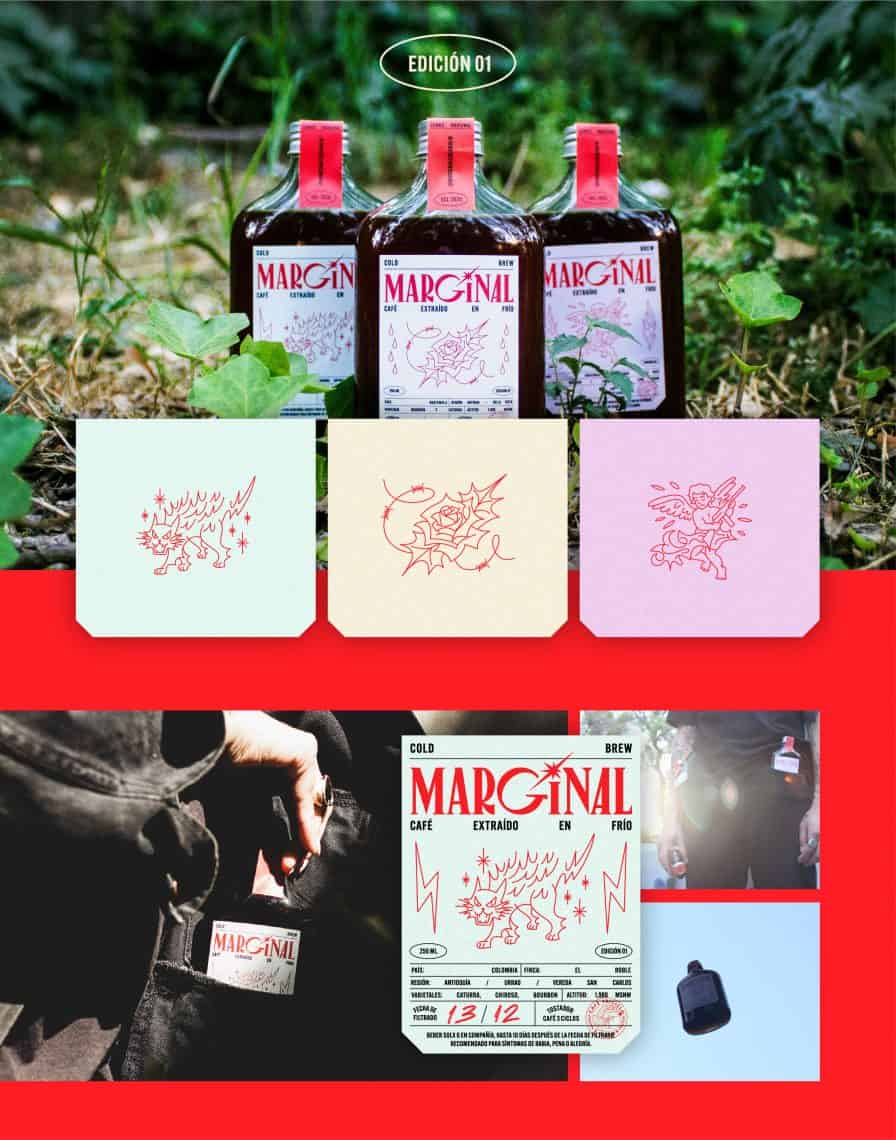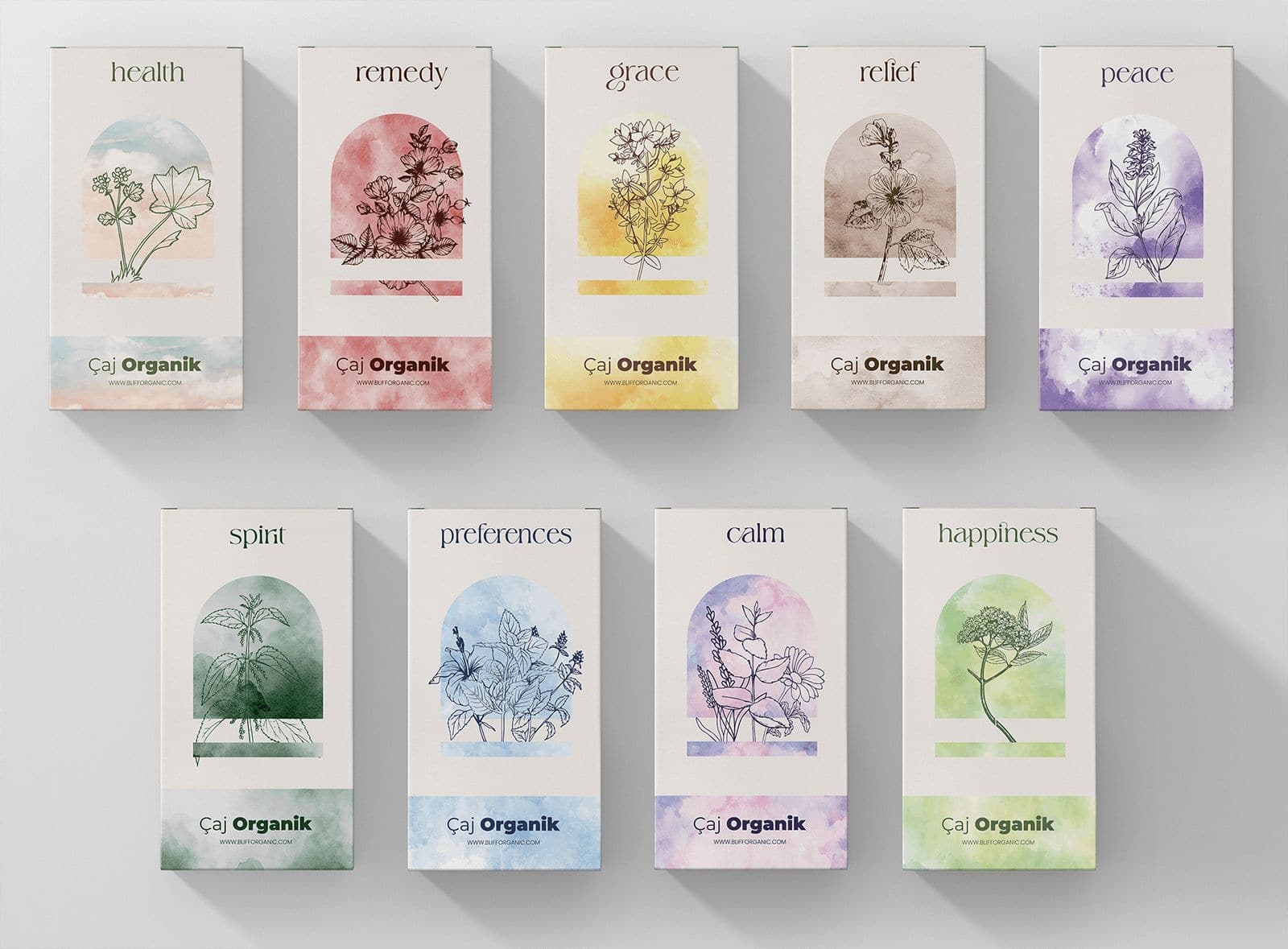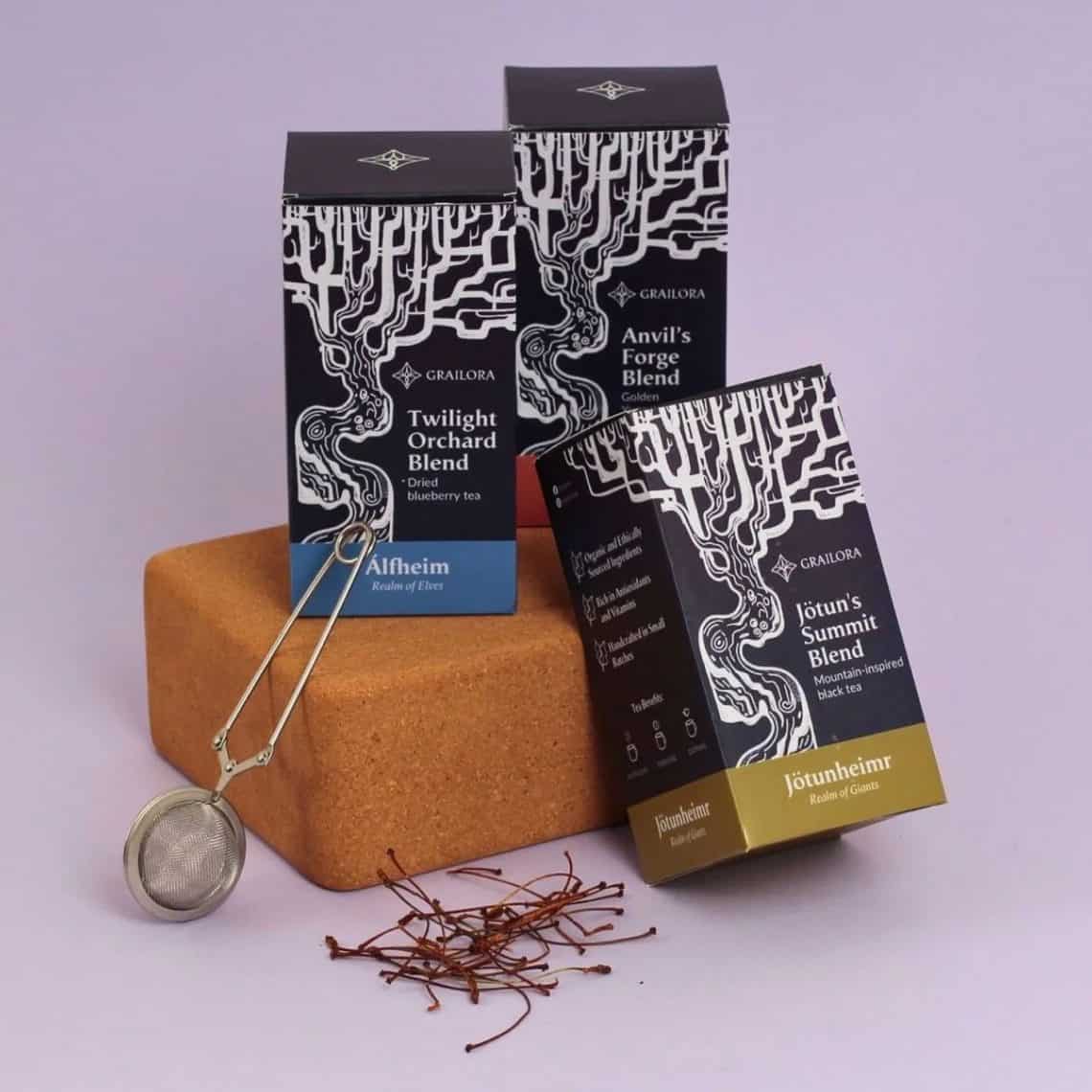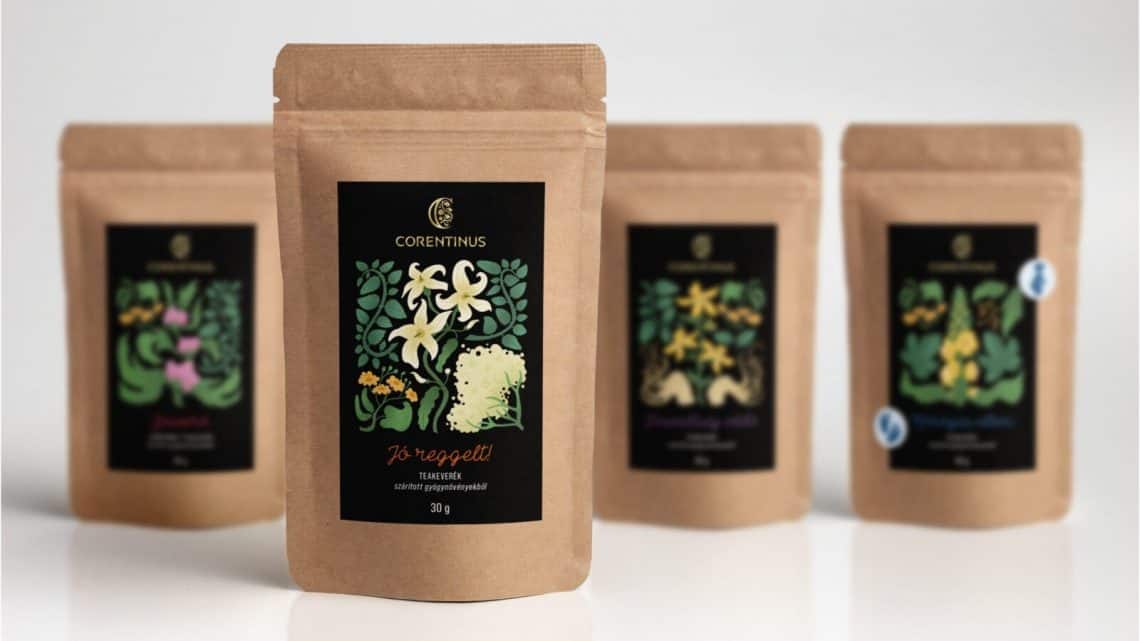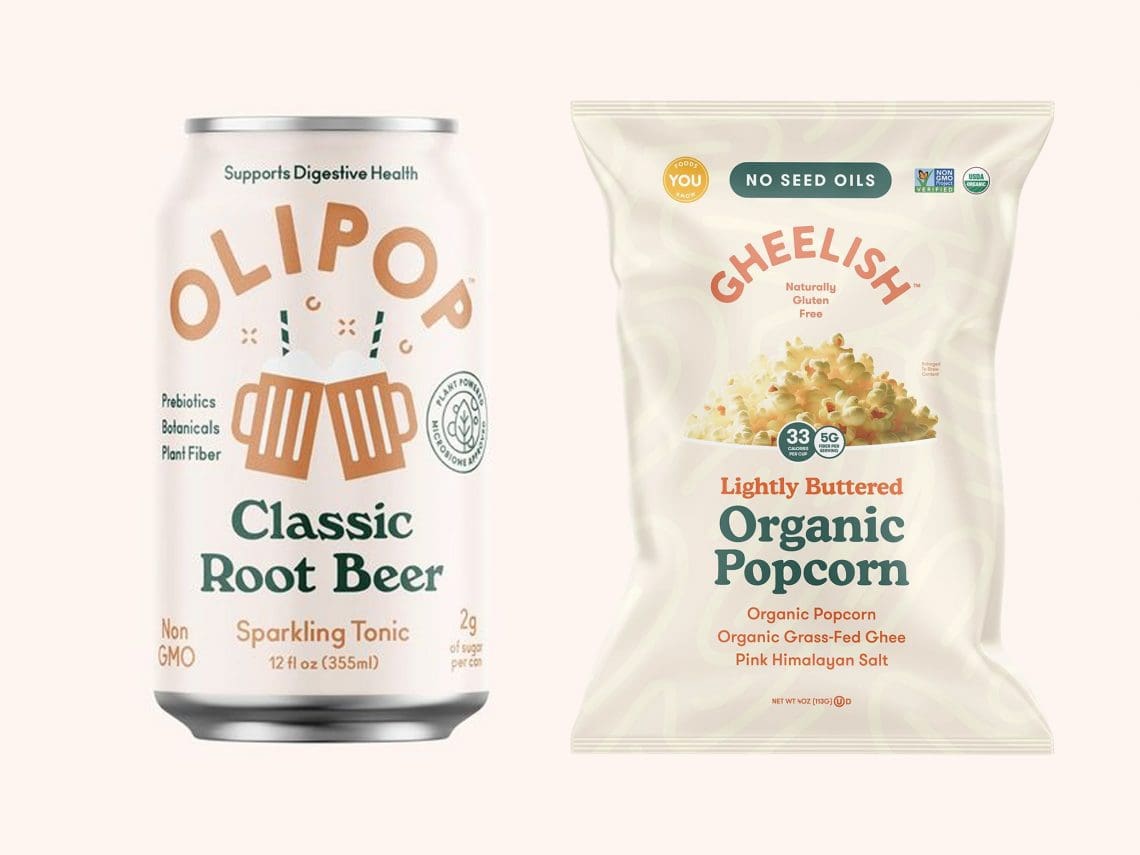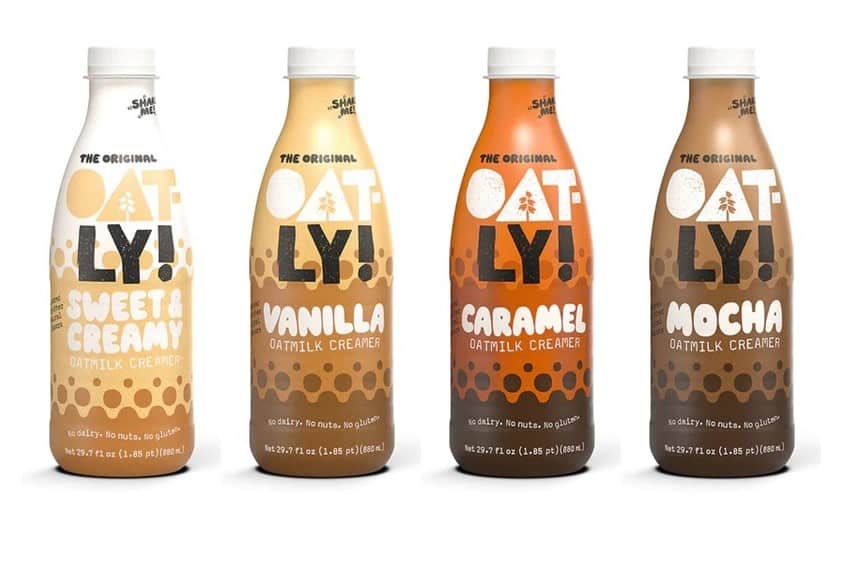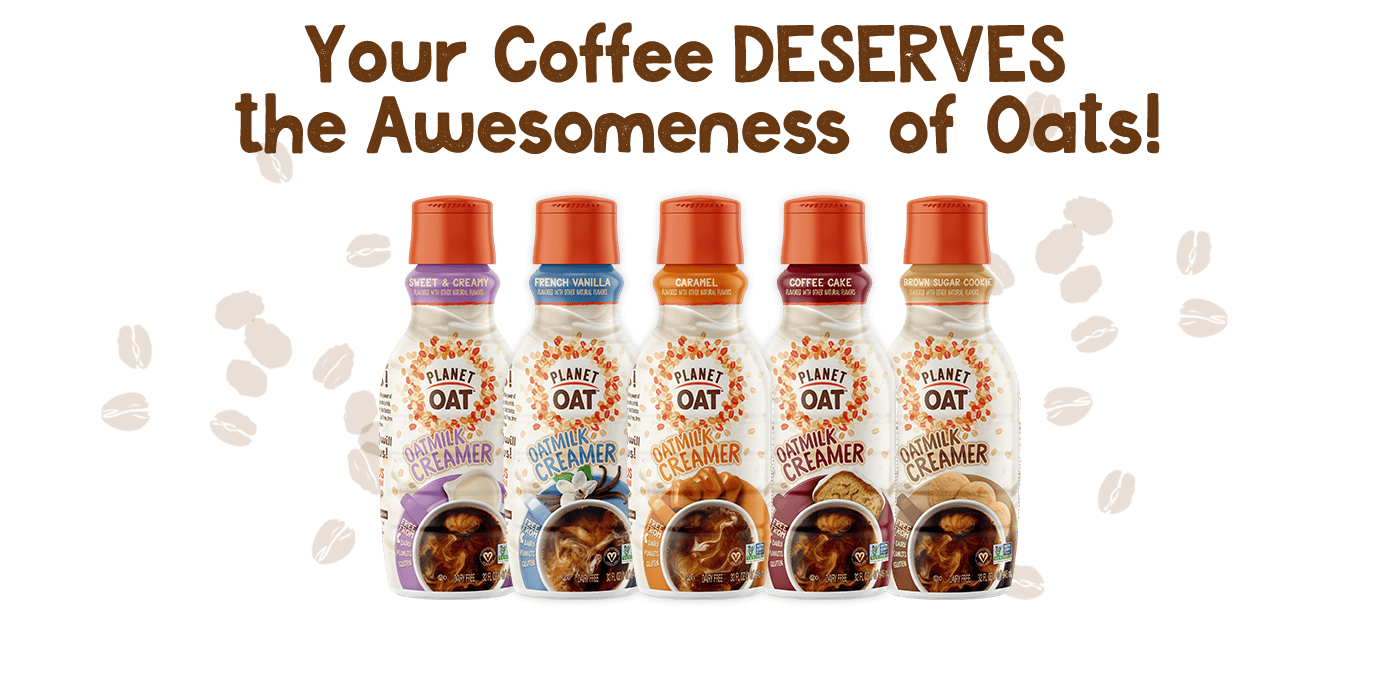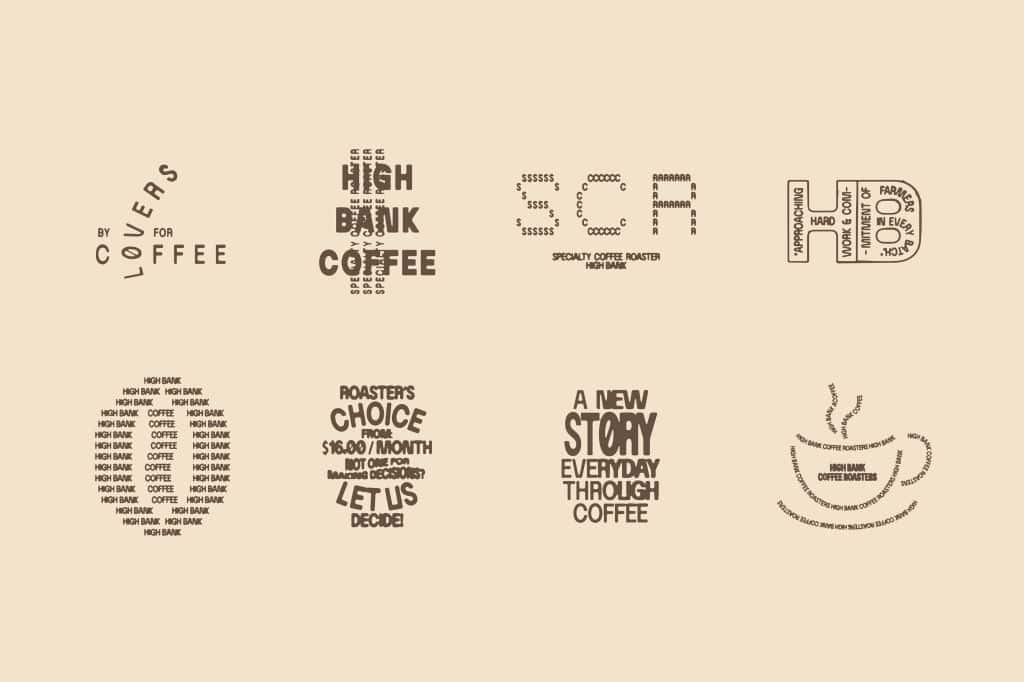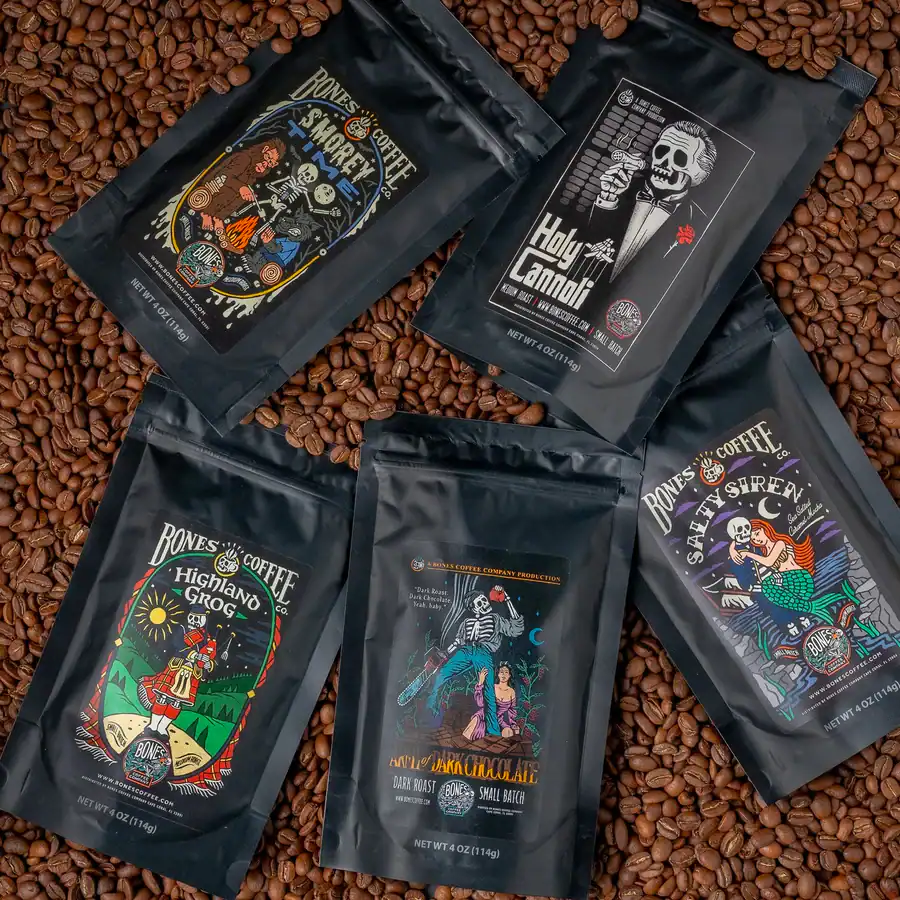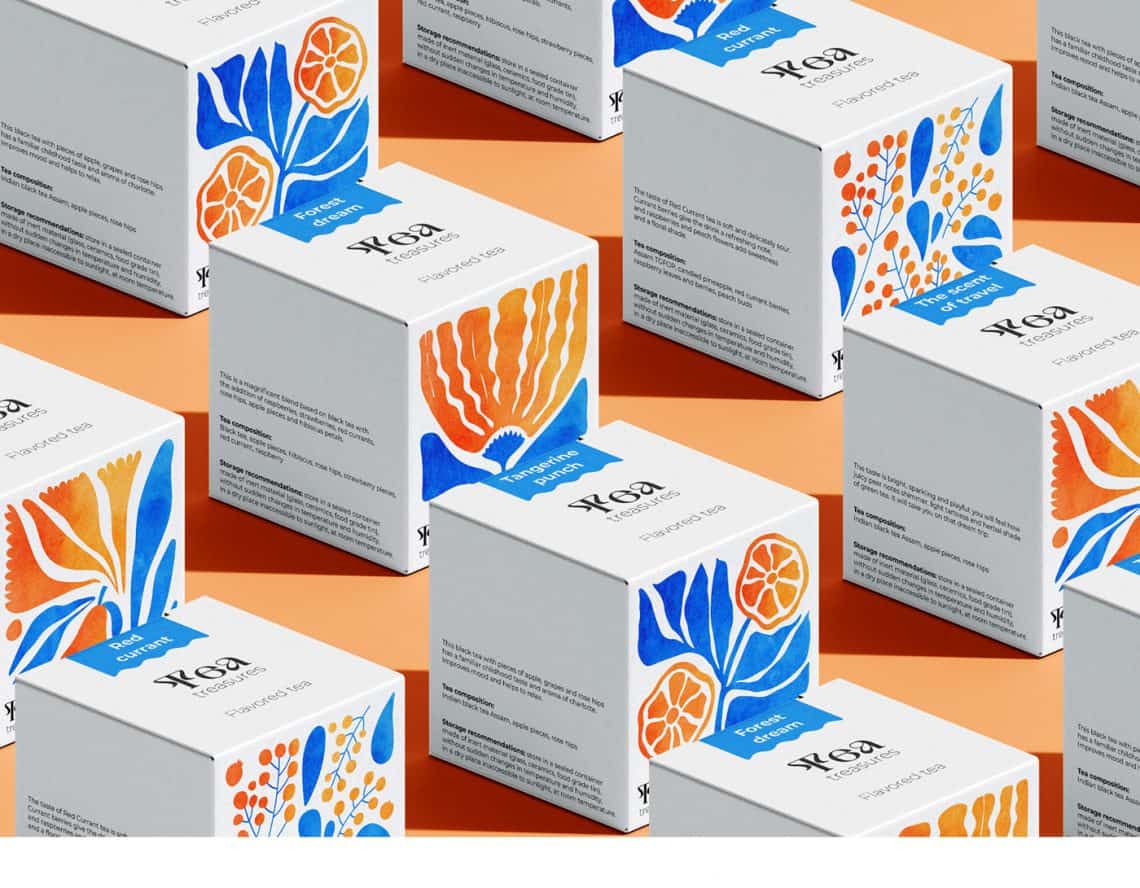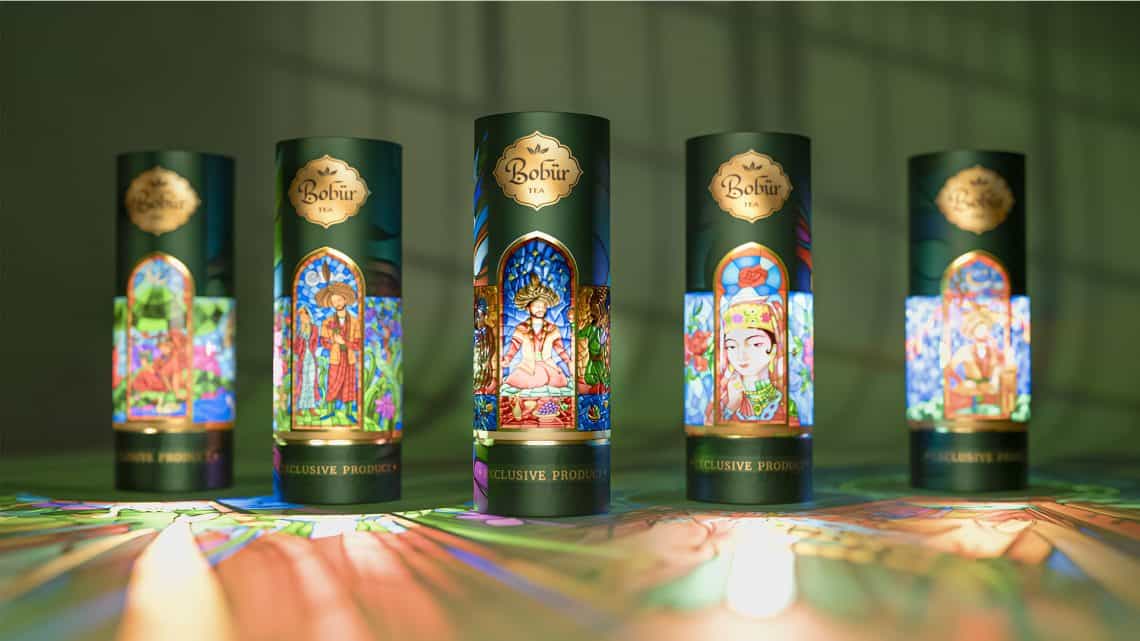Brewing the Future: Coffee and Tea Trends in 2025
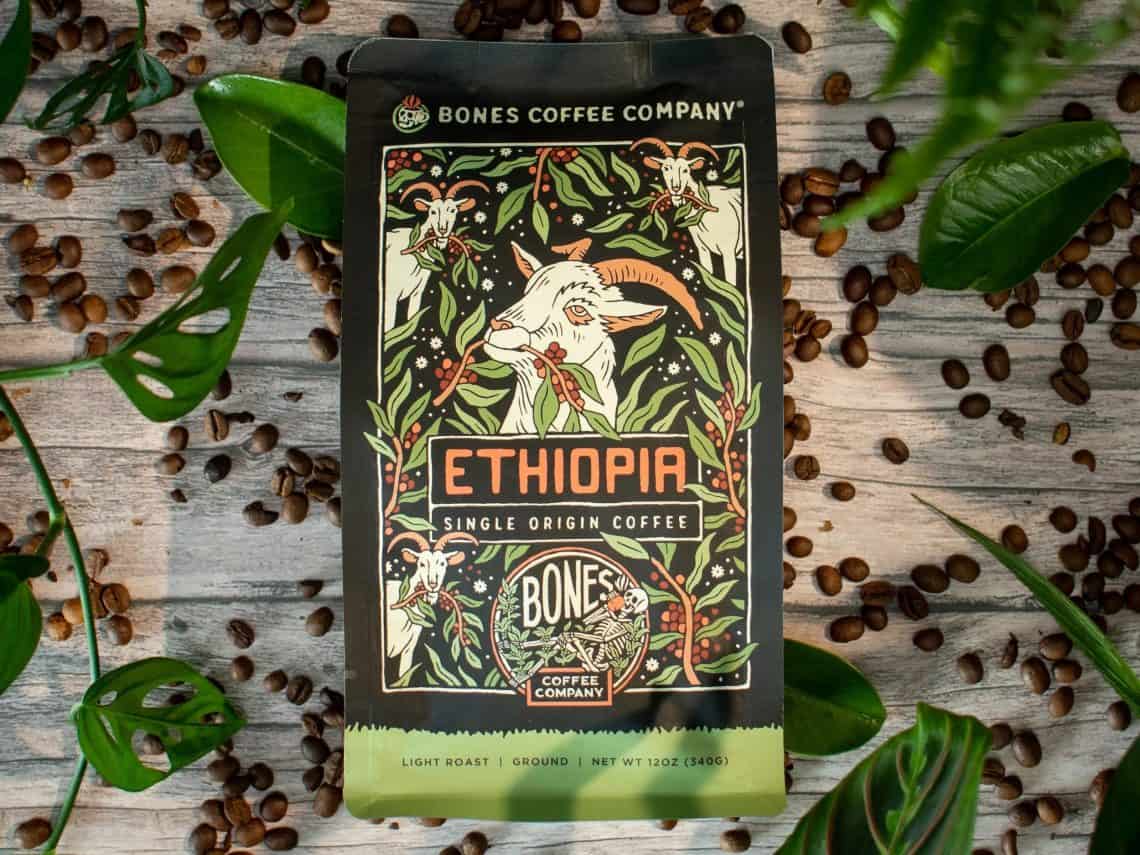
The global coffee and tea market is a dynamic landscape, constantly evolving to meet the changing demands of consumers. As we approach 2025, several key trends are shaping the industry, with a particular emphasis on branding and packaging design.
This article delves into the latest data and insights, exploring the forces driving these trends and providing concrete examples of successful strategies.
- Coffee Consumption Trends: A Snapshot of 2024 and Beyond
- Tea Consumption Trends: Steady Growth and Evolving Preferences
- The Power of Branding: Shaping Coffee and Tea Consumer Perceptions
- Le design d'emballage : Un différenciateur clé
- Emerging Technologies and Sustainable Practices in Coffee and Tea Packaging
- Conclusion
Coffee Consumption Trends: A Snapshot of 2024 and Beyond
Coffee consumption in the United States has reached a two-decade high, with 67% of American adults drinking coffee daily, surpassing any other beverage in popularity. This surge is fueled by several factors, including:
• The Rise of Specialty Coffee: Specialty coffee consumption has skyrocketed, with 45% of American adults indulging in specialty coffee daily, exceeding traditional coffee consumption for the first time. This trend reflects a growing appreciation for high-quality beans, unique brewing methods, and artisanal coffee experiences. Moreover, specialty coffee plays a key role in coffee's overall record popularity, driving innovation and premiumization in the coffee market.
• Out-of-Home Coffee Consumption: After a dip during the pandemic, out-of-home coffee consumption has rebounded to pre-pandemic levels. This indicates a continued desire for social coffee experiences and the convenience of grabbing a cup on the go.
• Coffee and Convenience: The increasing popularity of ready-to-drink (RTD) coffee beverages and single-serve coffee pods reflects the demand for convenience and quick caffeine fixes.
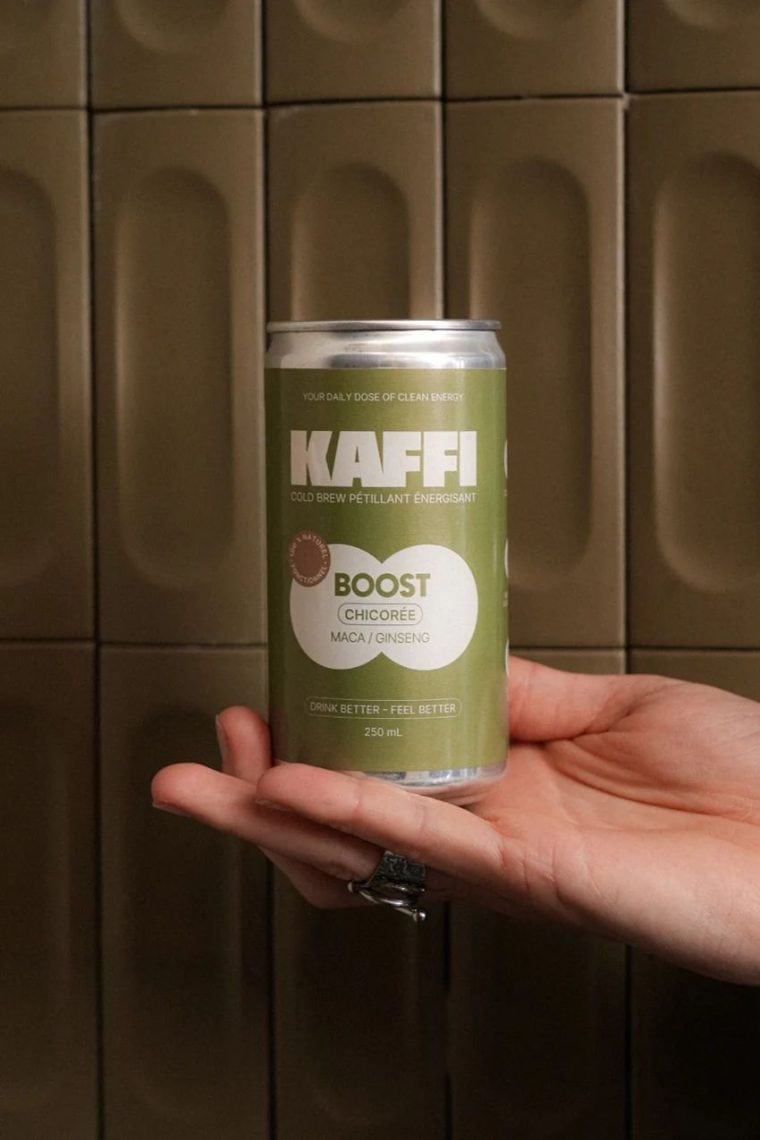
• Demographic Shifts: It's important to note that the increase in coffee consumption is primarily driven by consumers aged 25 and older, with the greatest increase among those aged 60+. This demographic shift presents both challenges and opportunities for coffee brands, who need to cater to the evolving preferences of older consumers while also attracting younger generations.
• Coffee's Appeal to Younger Consumers: Coffee remains immensely popular with younger consumers, who view it as a trendy and refreshing beverage that offers various benefits, including increased energy and focus.
Here's the breakdown of coffee consumption in the US by age group:
- Ages 13-18: 37% consume coffee.
- Ages 18-24: 47% consume coffee.
- Ages 25-39: 63% consume coffee.
- Ages 40-59: 64% consume coffee.
- Ages 60 and above: 72% consume coffee.
Source : https://balancecoffee.co.uk/blogs/blog/coffee-consumption-statistics-us
Coffee trends: what will happen in 2025?
Looking ahead to 2025, the global coffee market is projected to reach $102.15 billion, with the Asia Pacific region leading the growth. Key trends to watch include:
• Health-Conscious Coffee: Consumers are increasingly seeking healthier coffee options, with a focus on superfood lattes, plant-based milk alternatives, and functional coffee infused with ingredients like turmeric and adaptogenic mushrooms.
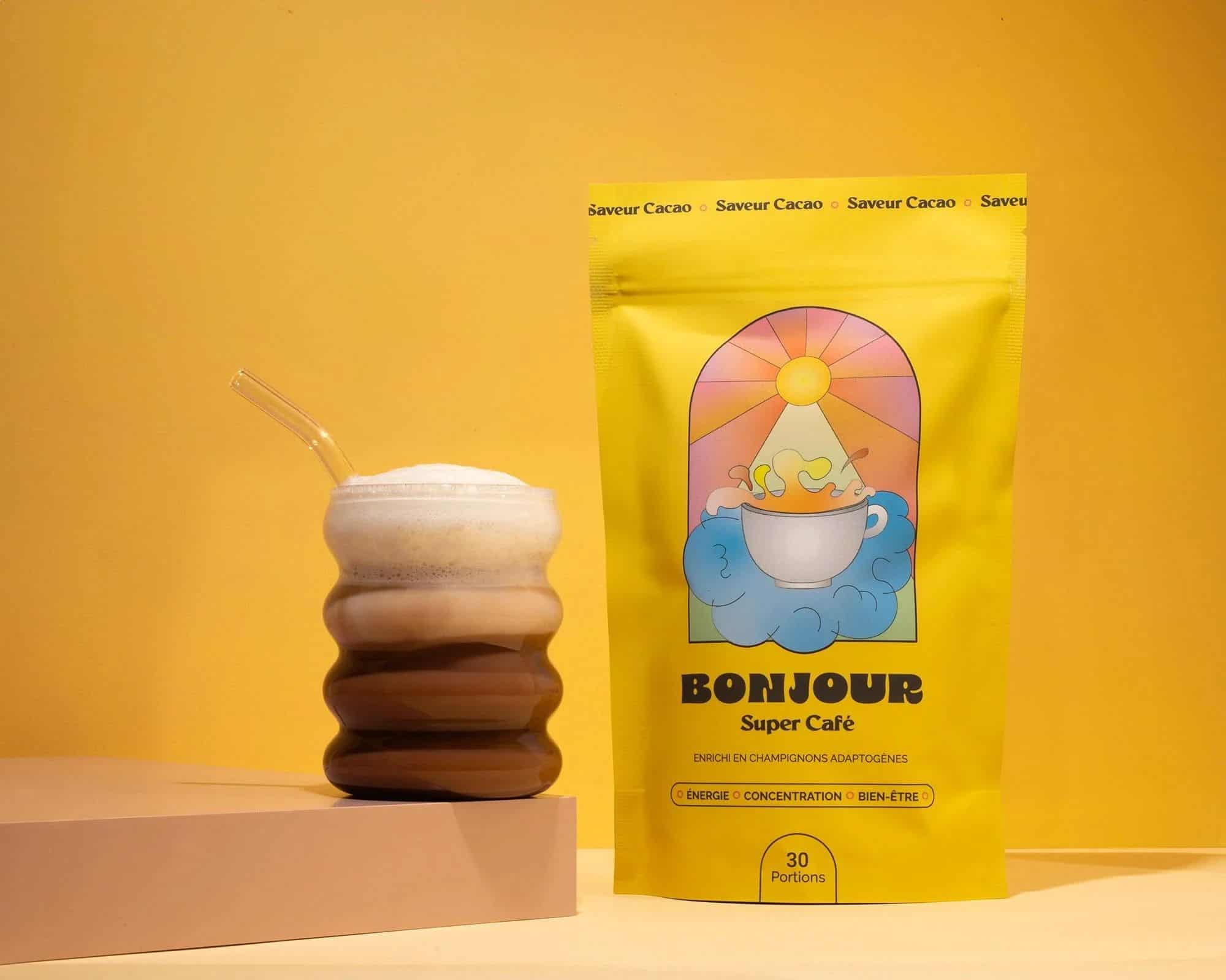
• Cold Brew's Continued Reign: Cold brew and nitro cold brew have become staples in many coffee shops, and this trend is expected to continue in 2025.
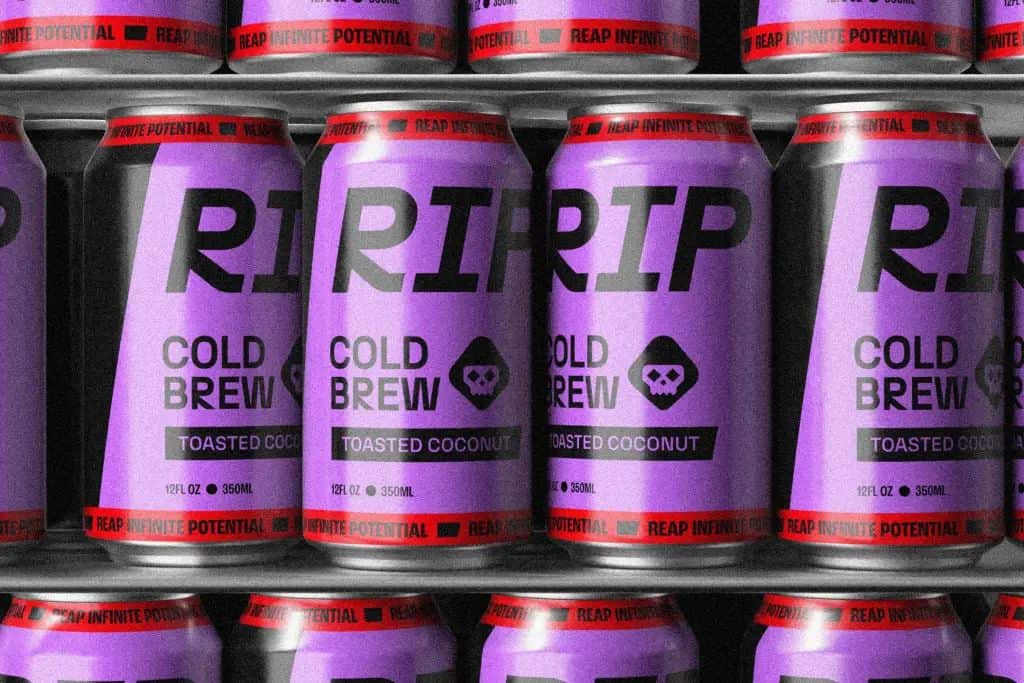
• Hyper-Personalisation: Consumers are demanding more personalized coffee experiences, with customizable options for brewing methods, milk choices, and even latte art.
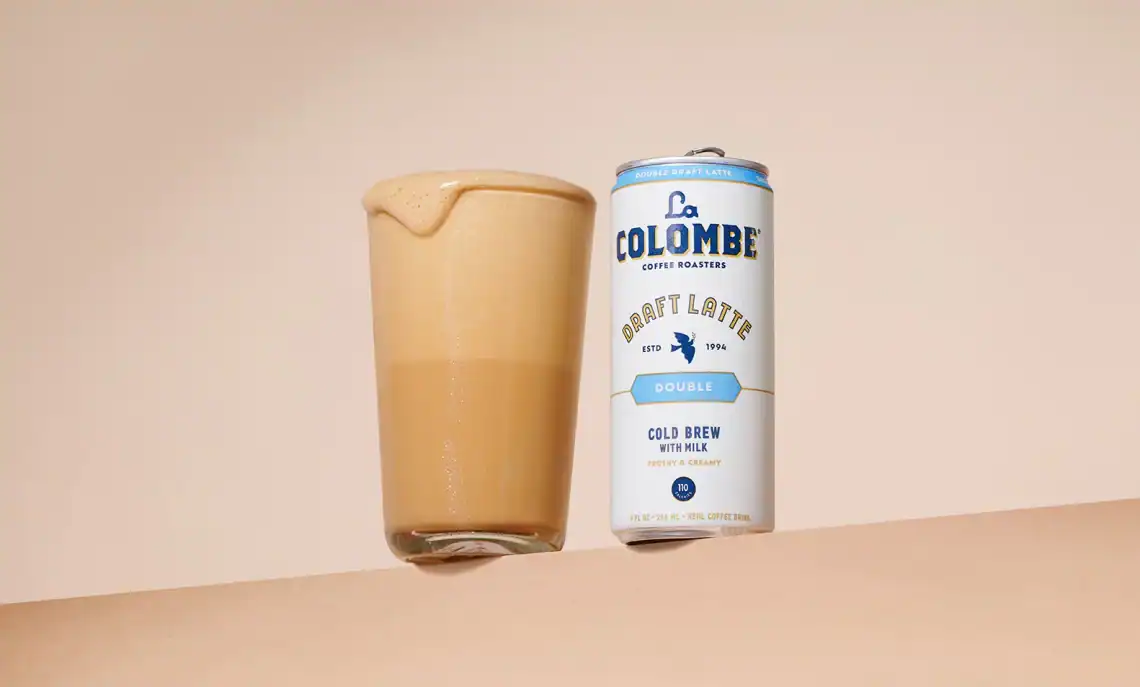
Specialty coffee consumption has skyrocketed, with 45% of American adults indulging in specialty coffee daily, exceeding traditional coffee consumption for the first time.
Tea Consumption Trends: Steady Growth and Evolving Preferences
The global tea market is also experiencing steady growth, with a projected market size of USD 24.61 billion by 2030. In the United States, tea has even surpassed regular coffee in popularity in 31 states, including California, Texas, and Florida, indicating a shift in consumer preferences. Key factors driving this growth include:
• Health and Wellness: Consumers are increasingly drawn to tea's health benefits, including its antioxidant properties and ability to promote relaxation.
• Premiumisation: The demand for organic, specialty, and artisanal teas is on the rise, with consumers seeking unique flavors and high-quality ingredients.
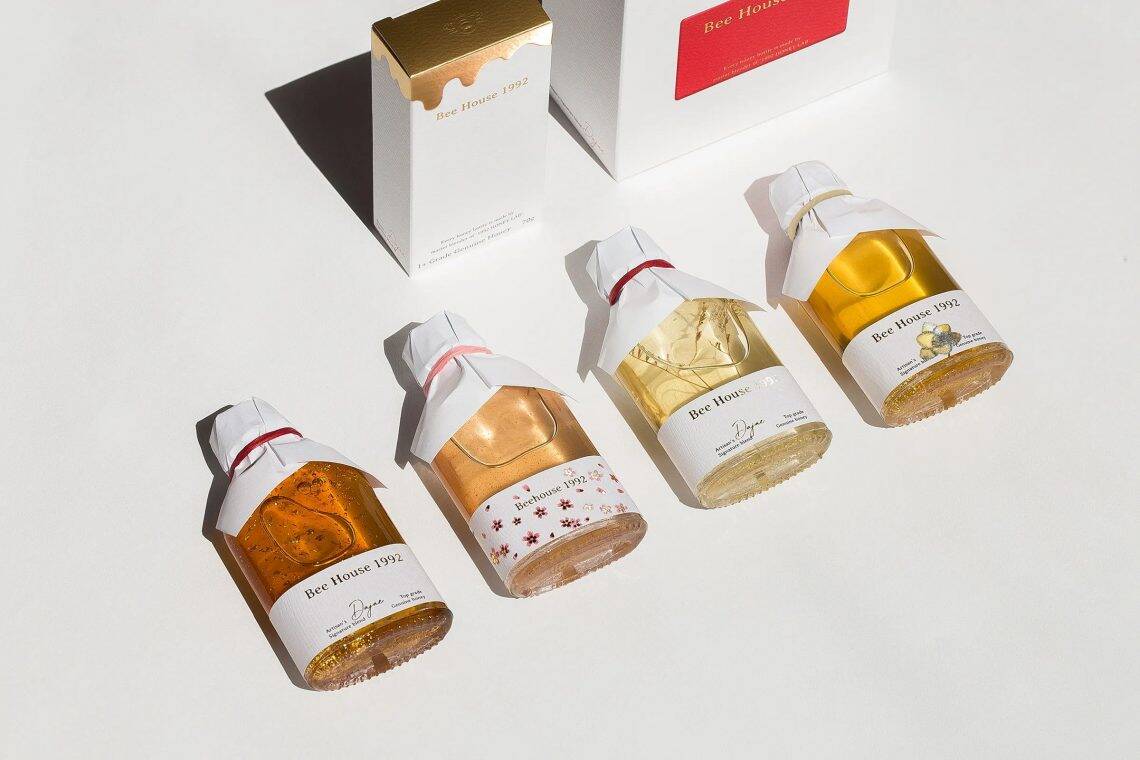
• Green Tea's Popularity: Green tea, known for its antioxidant properties, continues to gain popularity among health-conscious consumers.
• Affordability: Tea's affordability compared to other caffeinated beverages, such as specialty coffee, is a significant factor contributing to its popularity, particularly among younger adults and cost-conscious consumers.
• Impact of COVID-19 and Hybrid Work: The RTD tea category has shown resilience despite the challenges posed by the COVID-19 pandemic and the shift towards hybrid work models. While volume declined slightly, dollar growth remained evident, with an estimated 3-5% growth in 2024.
Tea trends: what will happen in 2025?
• Exotic flavors : Consumers are seeking new and exciting tea experiences, with a growing interest in exotic flavors like guava and mango, alongside classics like jasmine and spiced teas.
• Matcha's Continued Rise: Matcha, a finely ground powder of green tea leaves, remains a popular choice for its vibrant color, unique flavor, and health benefits.
• Economic Factors and Challenges: While the tea market shows promising growth, challenges remain. A rising segment of cost-conscious consumers, particularly younger adults, are opting for more affordable bottled tea options over expensive coffeehouse drinks. Additionally, factors like the potential impact of La Nina on tea production in China and the shorter Assam tea season in India could affect tea supply and prices in 2025.
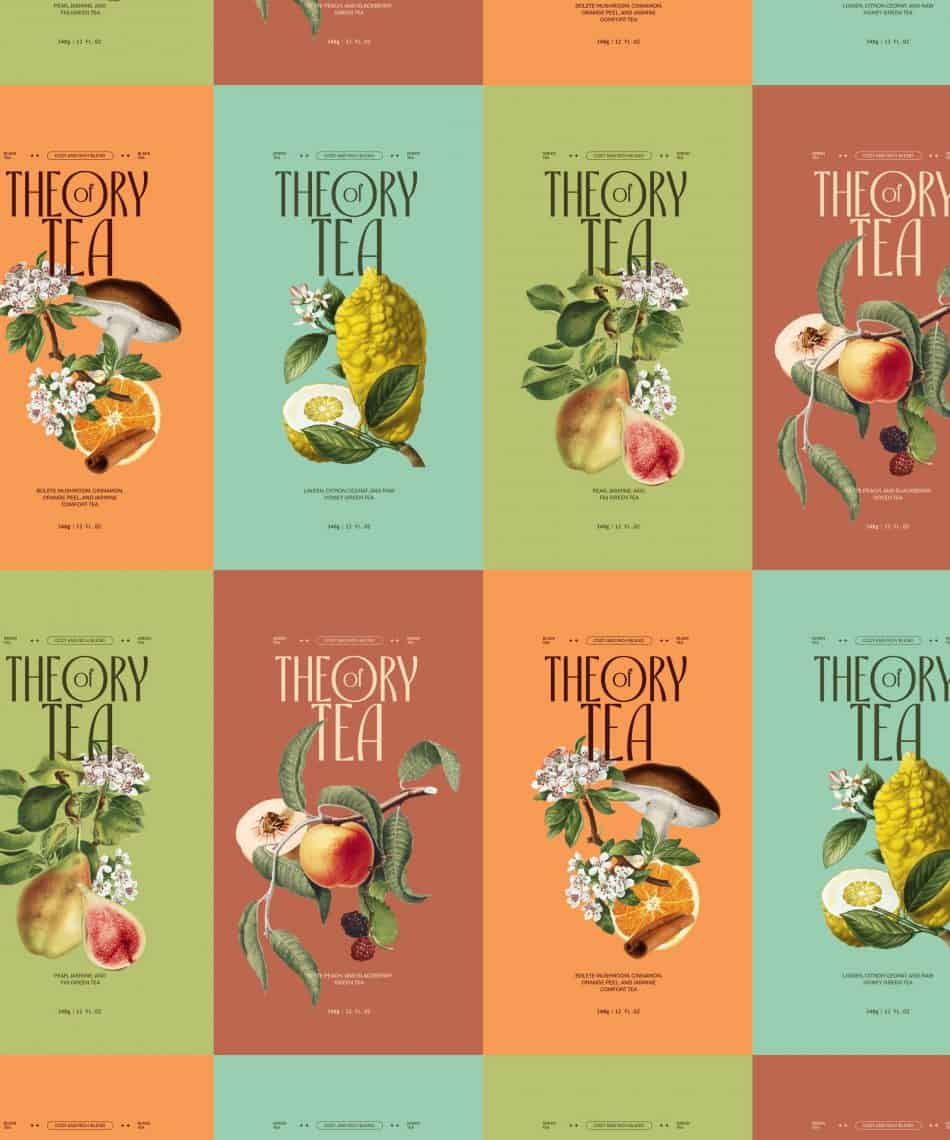
The Power of Branding: Shaping Coffee and Tea Consumer Perceptions
Emotional Connections and Brand Storytelling
Effective branding goes beyond aesthetics, forging emotional connections with consumers by tapping into shared values, aspirations, and lifestyles. For example, brands that prioritize sustainability and ethical sourcing resonate with environmentally conscious consumers. By crafting a compelling brand story and communicating their values authentically, coffee and tea brands can build deeper relationships with their target audience.
Building Brand Loyalty through Consistency and Differentiation
Strong brand positioning gives consumers a reason to choose one brand over another, fostering loyalty and repeat purchases. This can be achieved through consistent quality, unique flavor profiles, a memorable brand identity, and a commitment to meeting consumer needs.
Examples of Successful Coffee Brands:
• La Colombe : Known for its high-quality beans, diverse roast selection, and commitment to sustainability, La Colombe has built a strong brand reputation and loyal following.
• Intelligentsia Coffee : With a focus on direct trade practices, meticulous roasting, and a dedication to coffee education, Intelligentsia has established itself as a premium coffee brand that resonates with discerning consumers.
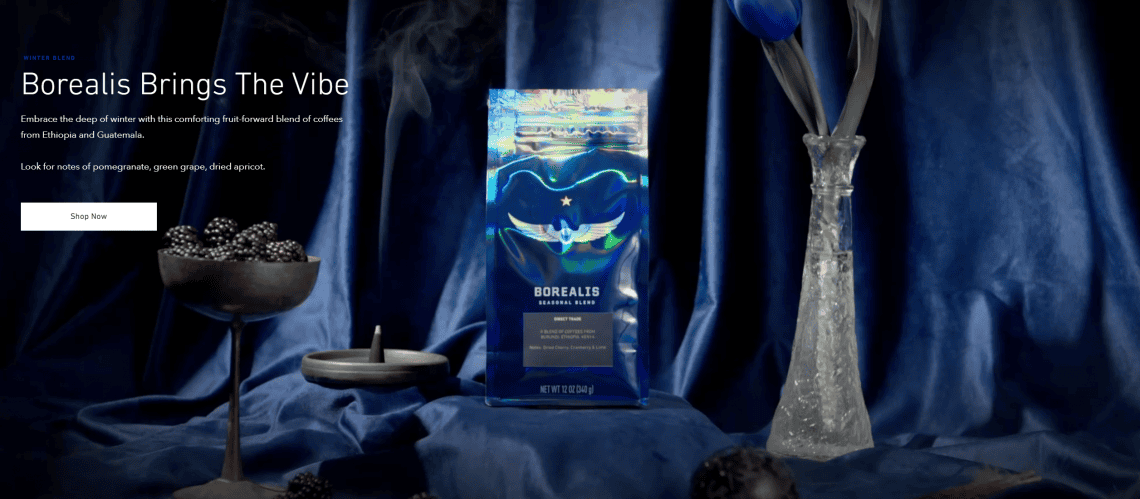
Examples of Successful Tea Brands:
• Peterston Tea : This brand stands out with its artisanal aesthetics, vibrant color schemes, and emphasis on the origin and quality of its ingredients.
• Camelia Sinensis : With a focus on premium tea and cultural heritage, Camelia Sinensis uses a distinct color story and packaging design to communicate its brand values and attract consumers.
Packaging Design: A Key Differentiator
Packaging design is a critical element in branding, serving as a visual representation of the brand's identity and values.
Sustainability Takes Center Stage
Consumers are increasingly demanding sustainable packaging solutions. A significant number of consumers (one in five) would avoid purchasing a coffee brand perceived as unsustainable. Coffee and tea brands are responding by adopting eco-friendly materials, such as recycled paper, biodegradable plastics, and compostable packaging. This trend reflects a growing awareness of environmental issues and a desire to support brands that prioritize sustainability..
Convenience is Key
Consumers value packaging that is easy to open, reclose, and use. Features like resealable bags, single-serve portions, and clear brewing instructions enhance convenience and user experience. For example, easy-open and reclose mechanisms not only preserve the freshness of the product but also provide a more satisfying experience for consumers.
Visual Appeal Matters
Eye-catching designs, vibrant colors, and unique illustrations can capture consumer attention and create a memorable brand experience. The psychology of color plays a significant role in coffee branding, with different colors evoking different emotions and associations. For instance, earthy tones like browns and deep greens convey a sense of tradition and naturalness, while vibrant colors like oranges and greens suggest energy and innovation. Additionally, the shape of the packaging can influence consumer perception, with more complex shapes often associated with a higher taste intensity.
Innovative and Eye-Catching Packaging Designs
In 2024, several innovative packaging designs have emerged in the coffee and tea industry:
Pouch types for Coffee
| Pouch type | Description | Sustainability Features |
|---|---|---|
| Hourglass Stand-Up Pouches | These uniquely shaped pouches offer a distinctive silhouette that stands out on shelves. | |
| Compostable Stand-Up Pouches | Made from materials that break down naturally, these pouches are ideal for eco-conscious brands. | Compostable materials |
| Recyclable Block Bottom Pouches | These pouches combine functionality and sustainability, offering a stable base and ample space for branding. | Recyclable materials |
For tea:
• Pyramid-Shaped Bags: These bags offer a unique visual appeal and allow for better infusion of tea leaves.
• Glass Jars with Wooden Caps: These elegant jars convey a sense of quality and sophistication, particularly for herbal teas.
• Reusable Tea Caddies: These caddies offer a sustainable and practical solution for storing loose leaf tea.
Emerging Technologies and Sustainable Practices in Coffee and Tea Packaging
Emerging Technologies
• Smart Packaging : Technology is transforming packaging with features like temperature control, freshness indicators, QR codes that provide product information, and smart labels that enhance the customer experience.
• Automated Roasting Systems : Robotic roasting systems with AI algorithms ensure consistent quality and reduce waste.
• Data Analytics: Data analytics and predictive modeling are being used to optimize supply chain operations, personalize customer experiences, and forecast demand.
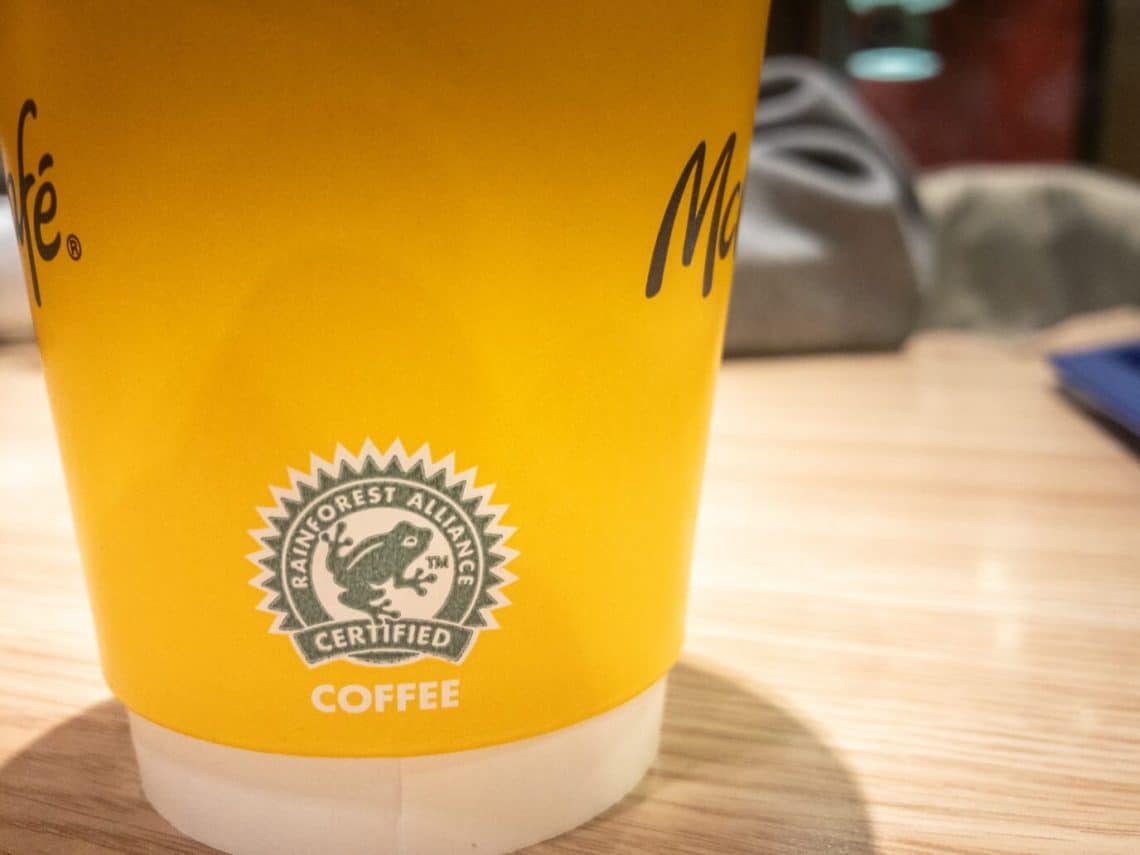
Sustainable Practices
• Eco-Friendly Materials: Brands are increasingly adopting biodegradable, compostable, and recyclable materials to minimize their environmental impact. This includes using materials like PLA (polylactic acid), sugarcane bagasse, and recycled paper for tea packaging.
• Reduced Packaging: Minimizing packaging waste through innovative design and material choices is a key focus. This involves optimizing the size and shape of the packaging to reduce material usage and incorporating features like resealable closures to extend product shelf life.
• Ethical Sourcing: Sourcing coffee and tea from sustainable and ethical farms is becoming increasingly important to consumers. This includes ensuring fair labor practices, supporting local communities, and minimizing environmental impact throughout the supply chain.
Conclusion
The coffee and tea industry is poised for continued growth in 2025, driven by evolving consumer preferences, innovative branding strategies, and a strong emphasis on sustainability.
Key Takeaways:
• Specialty and premiumisation: Consumers are seeking higher quality, unique flavors, and artisanal experiences in both coffee and tea.
• Health and wellness: Health-conscious consumers are driving demand for functional ingredients, healthier options, and organic products.
• Sustainability: Eco-friendly packaging and ethical sourcing are no longer optional but essential for brands to remain competitive.
• Convenience: Consumers value convenience and quick solutions, leading to the rise of RTD beverages, single-serve portions, and easy-to-use packaging.
• Branding and packaging: Strong branding and eye-catching packaging design play a crucial role in capturing consumer attention and building brand loyalty.
By understanding these trends and embracing innovation, coffee and tea brands can position themselves for success in the dynamic market of 2025 and beyond.
FAQ Coffee & tea trends 2025
